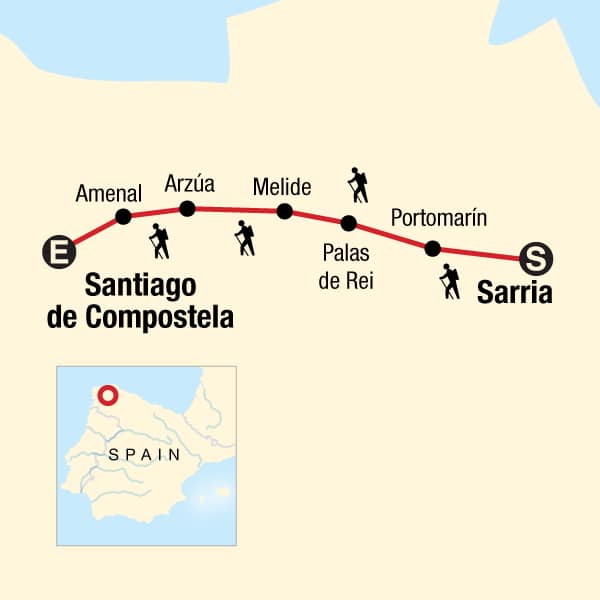
What to know for Camino de Santiago
I’ve recently completed the Saint Francés path (from Sarria to Santiago de Compostela) across northern Spain! I enjoyed this challenging and inspirational trip and I’d like to share with you what to know for Camino de Santiago.
Overview

I booked a tour through a company I’ve used before called TourRadar. They offer many different tours all over the world. The one I chose for the Camino was run by another tour company called G Adventures, which I’ve also used before on my trip to Bali (check out this post about that fantastic experience).
By booking through a tour company, they organize all the hotels along the way and the transport of your luggage from hotel to hotel. This advantage allows you to walk each day with only a small backpack. For this 8-day tour, we had breakfast included but had to purchase our other meals. We would usually eat with our group for dinner and split the bill.
We had 14 people in our English-speaking tour group from the countries of England, Wales, Scotland, Canada, Switzerland, and the USA. Our CEO (Chief Experience Officer) from G Adventures was Javier, a native Spaniard from the Madrid area.

The Camino Francés (also called the French Way) started in the small town of Sarria, Spain, and ended the 6-day walk in the final destination of all Camino walks, in Santiago de Compostela.
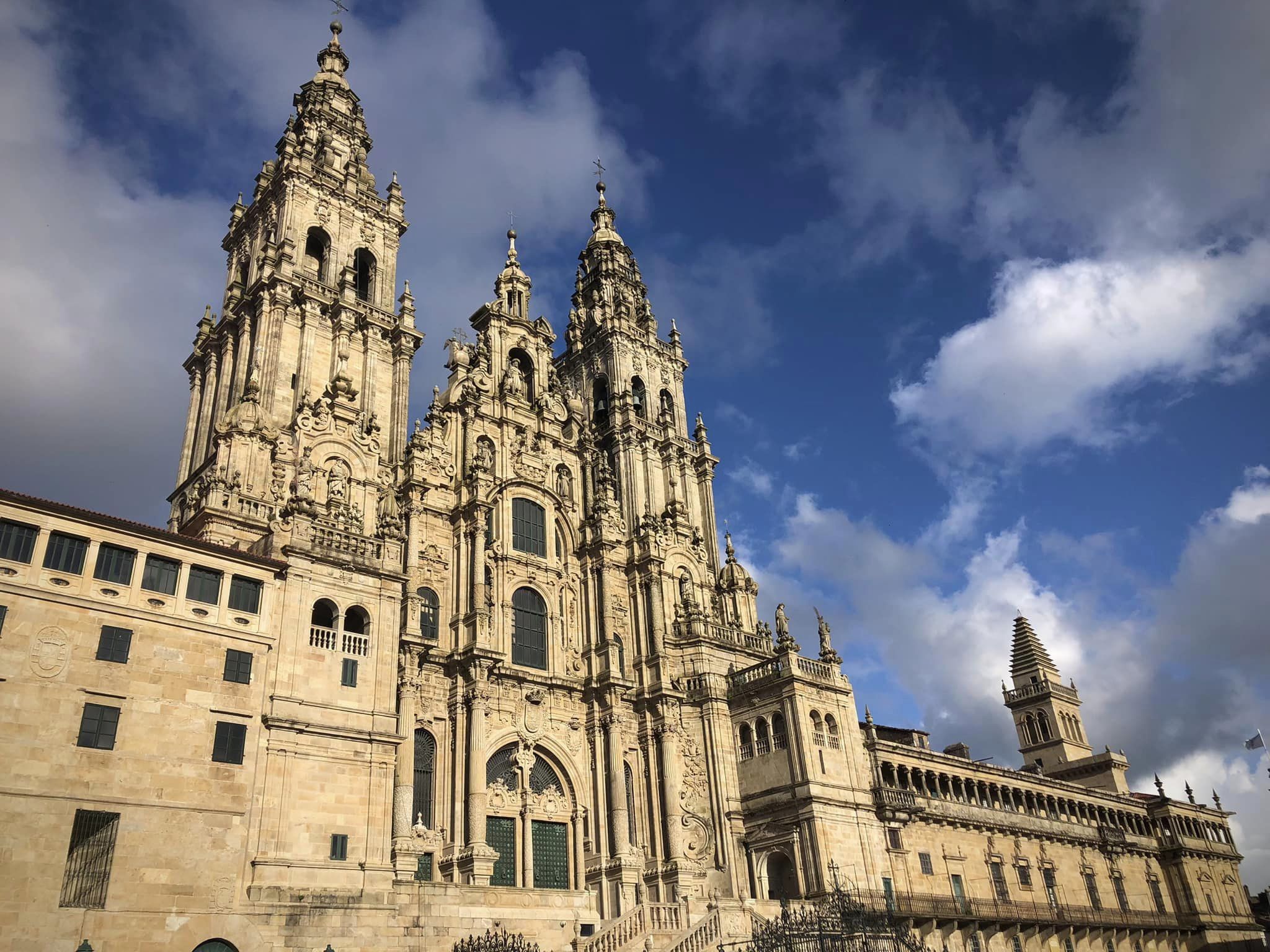
Because we were flying from Geneva, we took a 2-hour flight directly to Santiago de Compostela where we stayed two nights in a fabulous apartment (Seis Aldabas Apartments). We then took a 2-hour public bus ride to Sarria. Our tour group met up on a Sunday evening at the hotel and we started our walk on Monday morning.
About the Camino
The Camino de Santiago, or Way of St. James, is a network of pathways across Spain and one of the most inspirational pilgrimages in Europe. It is comprised of several ancient routes that stretch across three countries – France, Portugal, and Spain.

Historically, the Camino begins wherever a pilgrim leaves their doorstep and ends in Santiago de Compostela, where tradition states the first martyred apostle St. James is buried. The crown of this epic walking adventure is the spectacular Santiago de Compostela Cathedral. If you complete the last 100km of the Camino, you’ll receive a “compostela” (certificate) at the finish to prove your accomplishment.
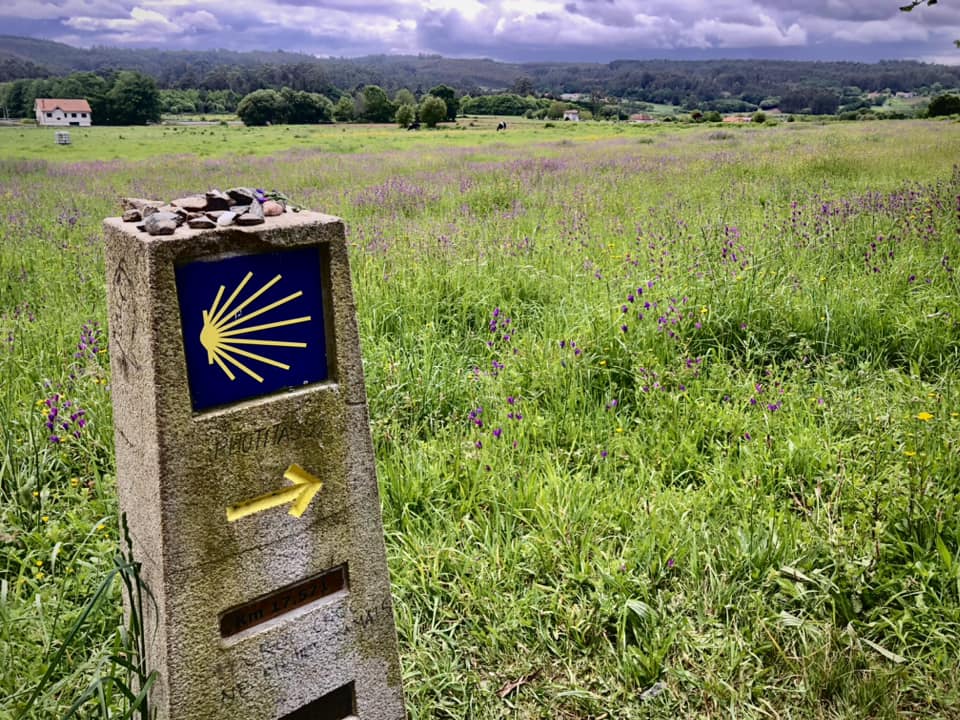
The history of the Camino de Santiago goes back to the 9th century when the actual tomb of the Apostle was discovered. They say that the first officially documented pilgrimage to Santiago was made by the king of Asturias and Galicia Alfonso II in the 9th century on the Camino Primitivo or the Original Way from Oviedo to Santiago.
Nowadays more than 300,000 people from all over the world walk the Camino every year. The Camino Francés from Sarria is the most popular Camino de Santiago route.
Back in the day, the accreditation for completing the pilgrimage was a badge in the form of a scallop shell. This is likely to be because the scallop shell is native to Galicia. By the 13th century, vendors and shops in Santiago de Compostela began selling scallop shells in Santiago itself.

Nowadays, you’ll see many people wearing a shell on their backpack. You’ll find many places to buy inexpensive shells along the way (like the photo above where I bought mine) and on my backpack below.
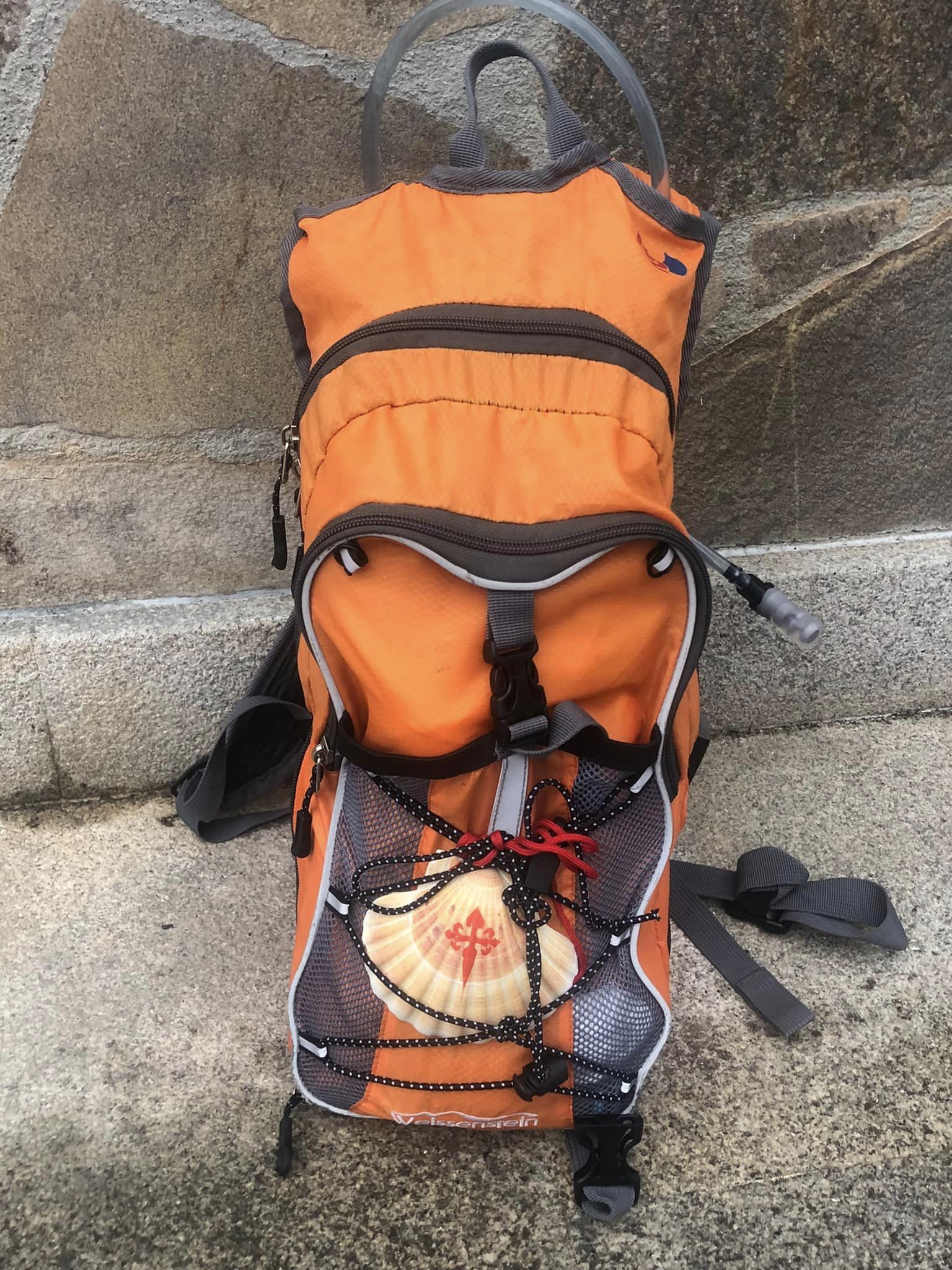

In addition, you’ll also see the scallop shell symbol and yellow arrow along the Camino path, which shows you the way to go. The path is well-marked from Sarria to Santiago at every turn. Our guide told us why the Camino symbol resembles a scallop shell but the edges are not closed in. The lines (without scallop edges) represent the many routes of the Camino de Santiago that start in different places but all end up in the same final spot (Santiago de Compostela).
How to Prepare
If you are not a seasoned walker, then you will have to adequately prepare for this intensive walk. I walk daily and hike regularly but have never done such long distances over consecutive days. I prepared by doing several long walks of 25-28km during the two months before the trip.
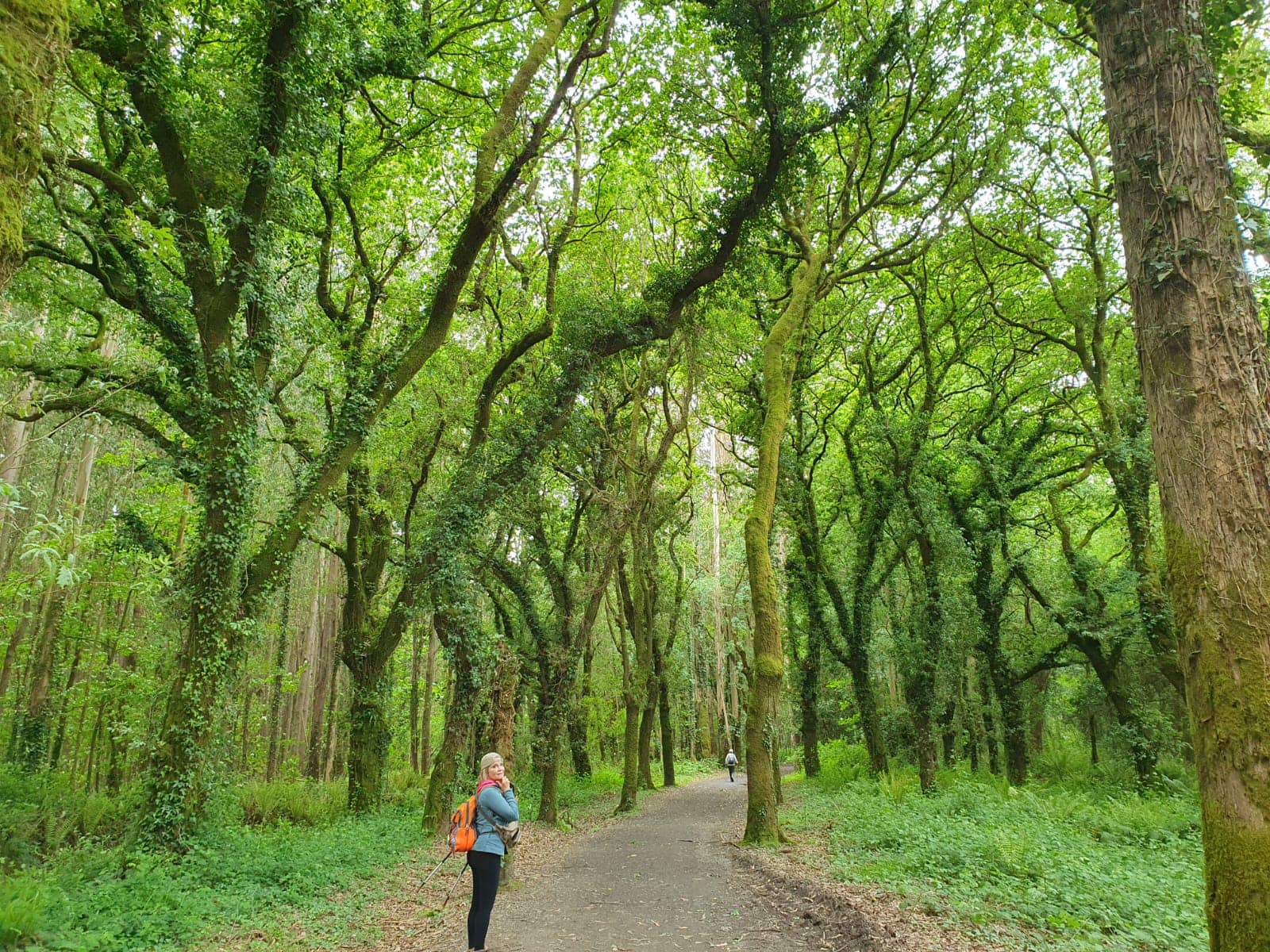
By practicing the long walks, you will see how your body reacts and can adjust your training level. You will also discover how your feet hold up with your walking shoes. I tried different hiking shoes on the practice walks to know which shoes to bring on the Camino. In the end, I decided to bring two pairs of hiking boots, one high-ankle for the long-distance days and one low-ankle for the shorter-distance days. Surely having two pairs of shoes helped my feet to change up the shoe fit and not get blisters.
What to Bring
I did my share of research to know what to bring on the trip. You can find many internet articles and blogs about this topic. For those who are doing longer Camino routes, they have a more extensive list of items to bring. For those doing a shorter route as I did, I can share my advice on which items I felt were indispensable to bring along.
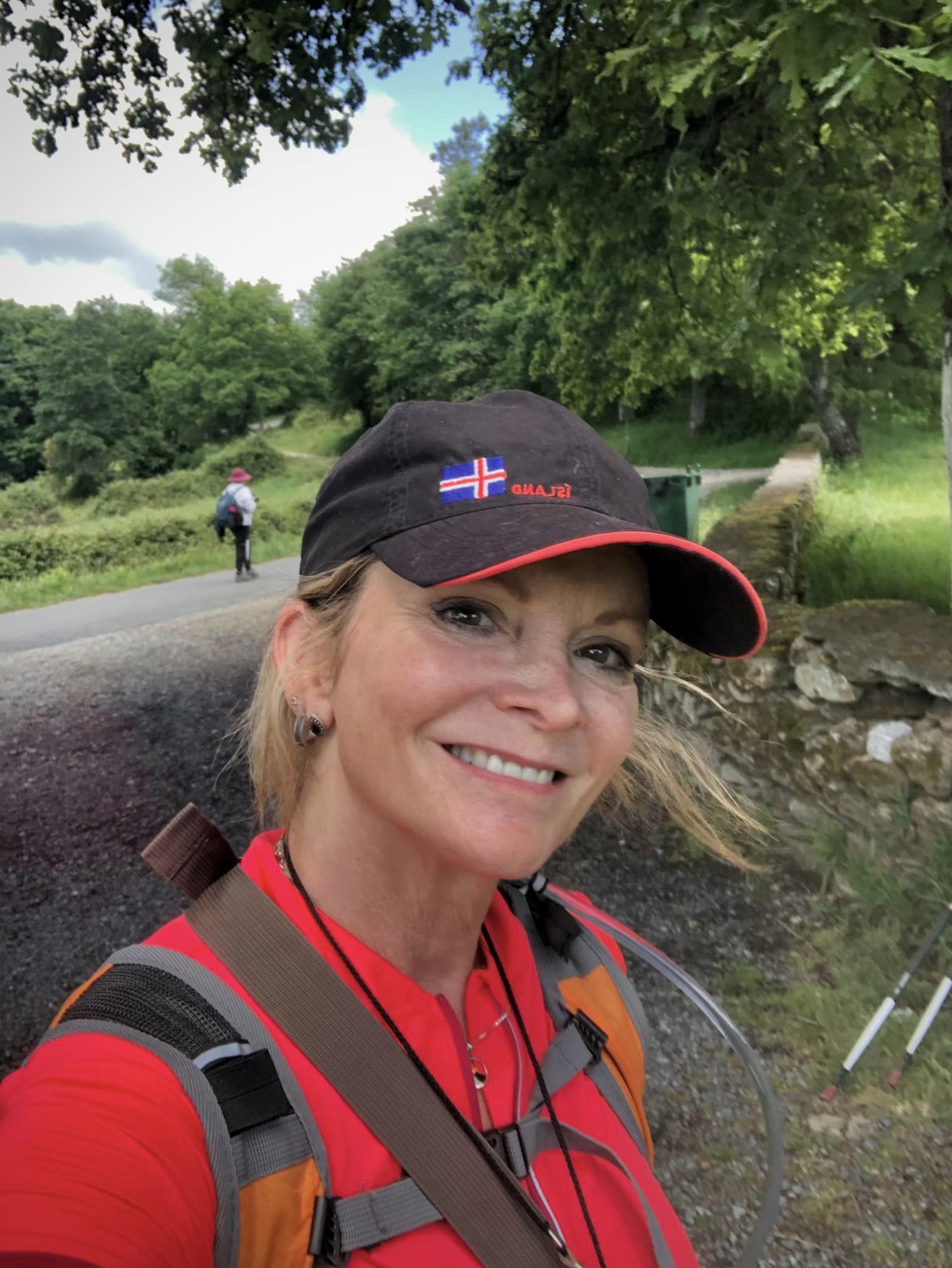
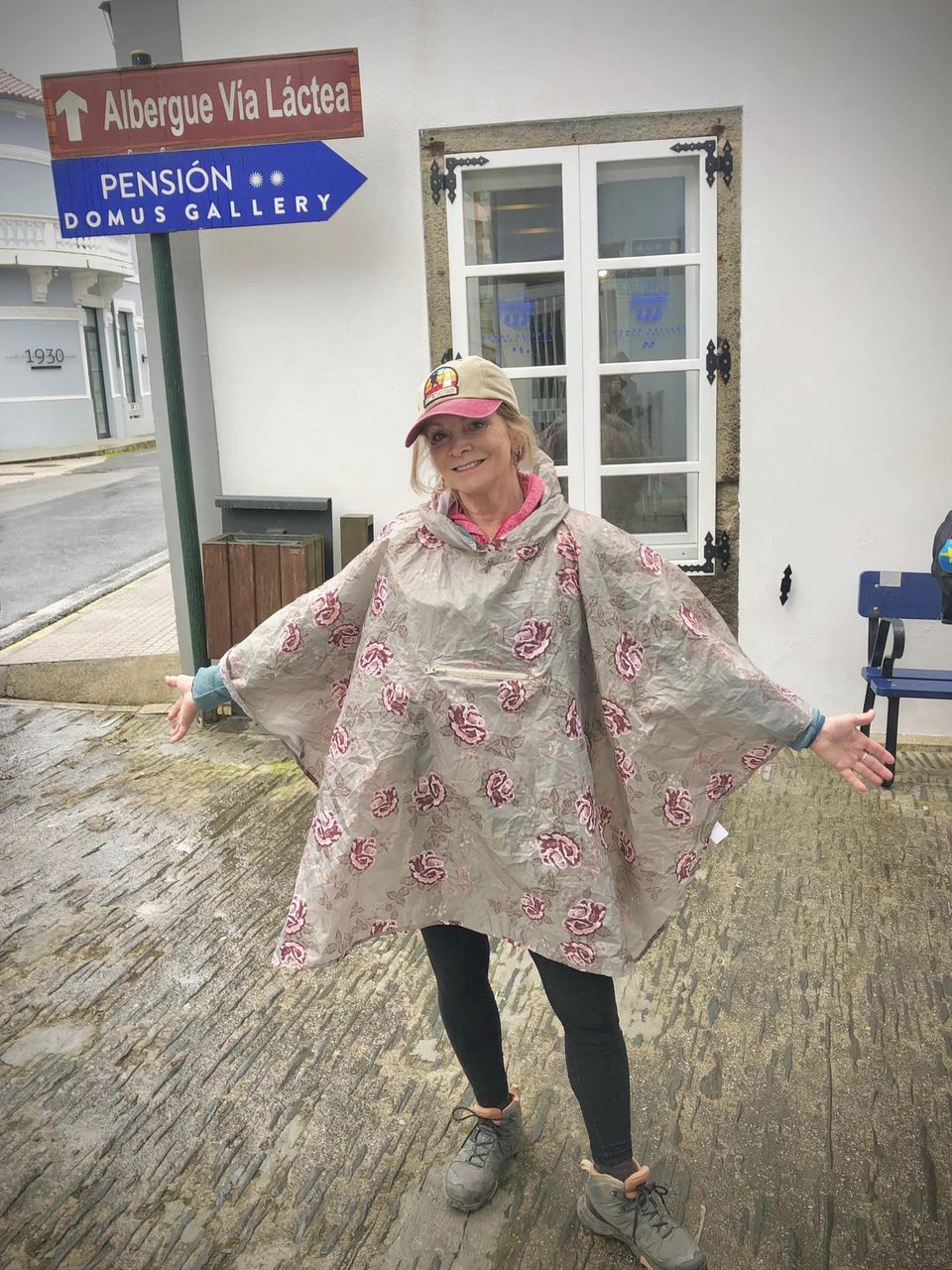
- Camelback water bag – although there are several places along the path to fill up a water bottle, I felt having the water bag was easier and handier to keep me hydrated. If you’ve never used one, you’ll benefit from a special backpack that has a hole at the top for the tube. I would put electrolyte tablets and orange juice in my water pouch to give the water some flavor and provide energy.
- Comfortable lightweight backpack – even though my luggage was sent each day to the next hotel, I needed a backpack to hold essentials like my wallet, water, first-aid kit, and extra socks. It also came in handy to store my layers of clothing once it warmed up each day.
- First-aid kit – I had prepared a small plastic bag of basic medication and supplies. I packed disinfectant (which I had to use on the first day due to a hiking pole scraping my shin), bug bite ointment (although no bugs in May), bandaids, and blister plasters (which thankfully I never needed).
- Sunscreen, Sunglasses, and Sunhat – these three are no-brainers but should be on everyone’s list. If the weather is sunny, you’ll appreciate having a shady sunhat for the long walking days.
- Neck scarf (gaiter) – depending on the time of year you go (I went in early May), I appreciated having a cover around my neck to stay warm in the early mornings. I actually bought a Camino souvenir scarf to wear.
- Rain Poncho – They say to always expect rain in this part of Spain no matter what time of year you go. We had intermittent rain a few times during the week where a large rain poncho came in handy. You can also have a rain jacket but a poncho covers your backpack and is easy to put on and take off.
- Hiking Poles – Initially I wasn’t planning to bring poles as the route seemed easy enough without much altitude change. After doing more research, I decided to bring my newly purchased foldable poles. I was very happy I brought them as they helped to push me up the hills and cushion the impact on the downhills.
- Good Attitude – Despite the weather, the crowds, or the physical pain, it is essential to keep a good attitude! The Camino is a walk of a lifetime, so try to enjoy every second and keep that smile when you tell your fellow walkers ‘Buen Camino’ (means have a good Camino walk)!
What to Expect from the Route
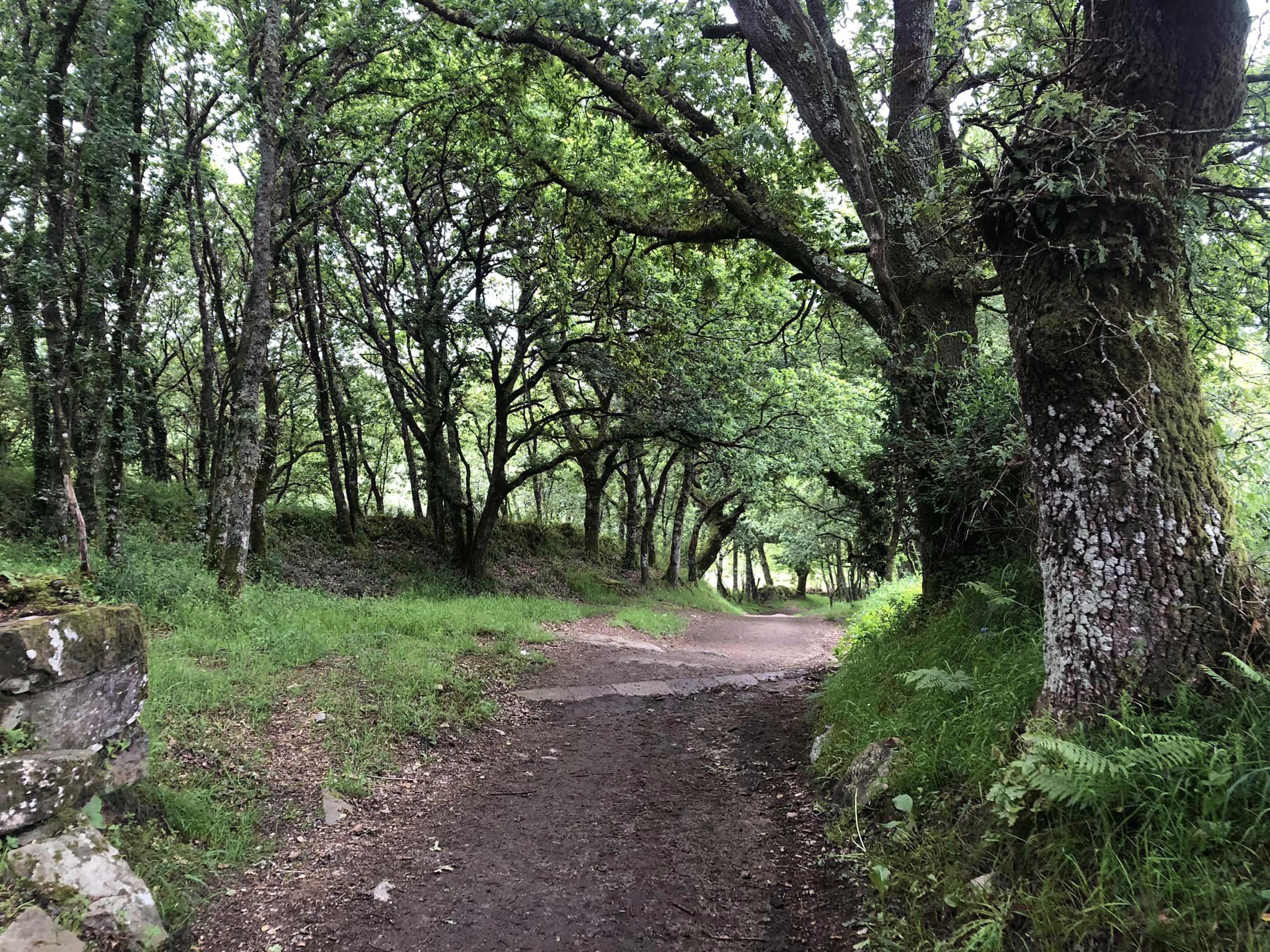
Scenery
The St. Francés walk is gorgeous and very interesting. You will pass through fields, over creeks, small villages, and forests. With every turn is a new landscape to admire. There are small hills but not extremely steep inclines or descents. Having hiking poles really helped me to navigate the terrain.
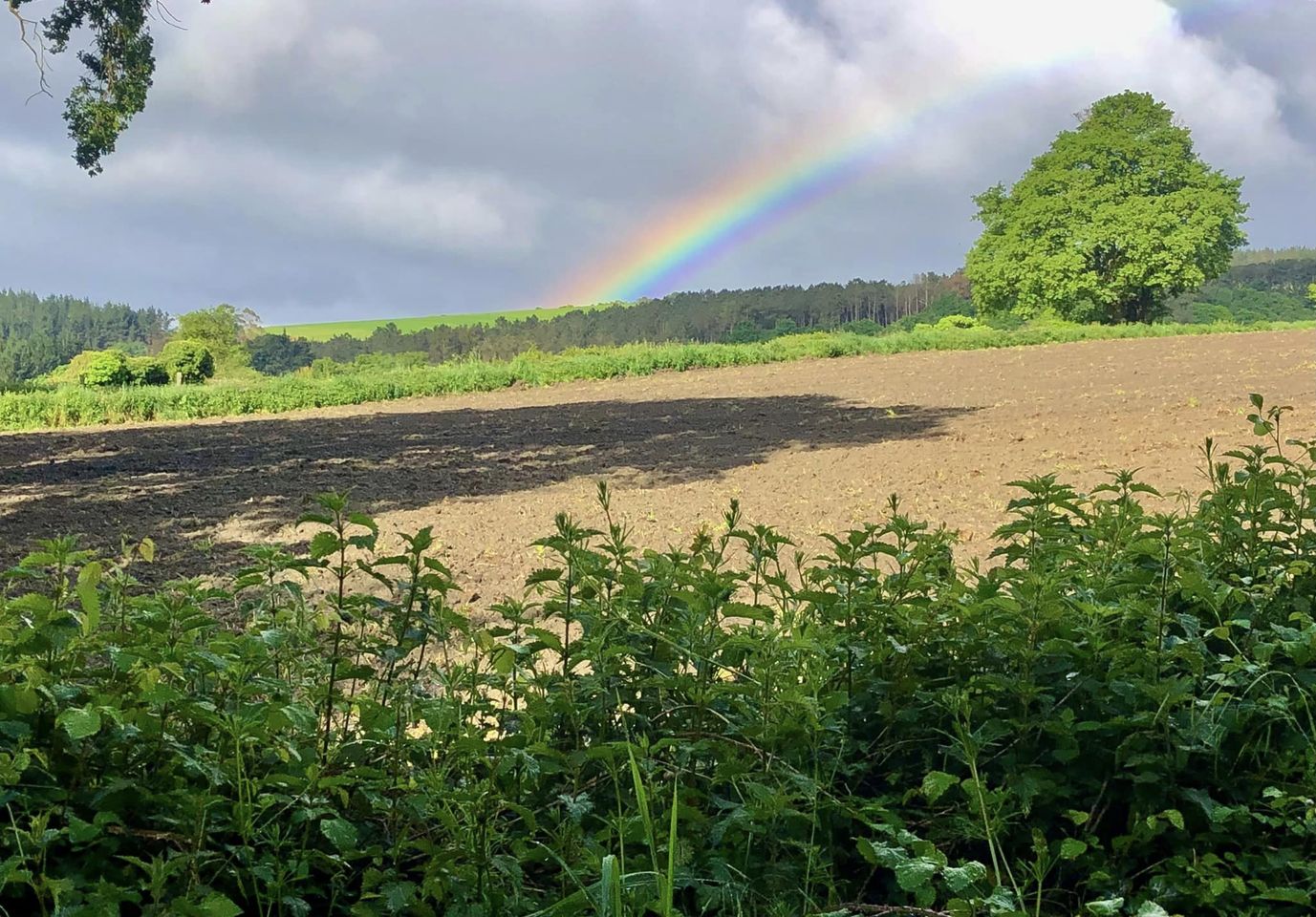
My favorite part of the scenery was the tree-lined forest paths. They were beautiful, as shown in the below pictures. We passed many orchards of eucalyptus trees, which our guide told us were not used for oil but for wood.

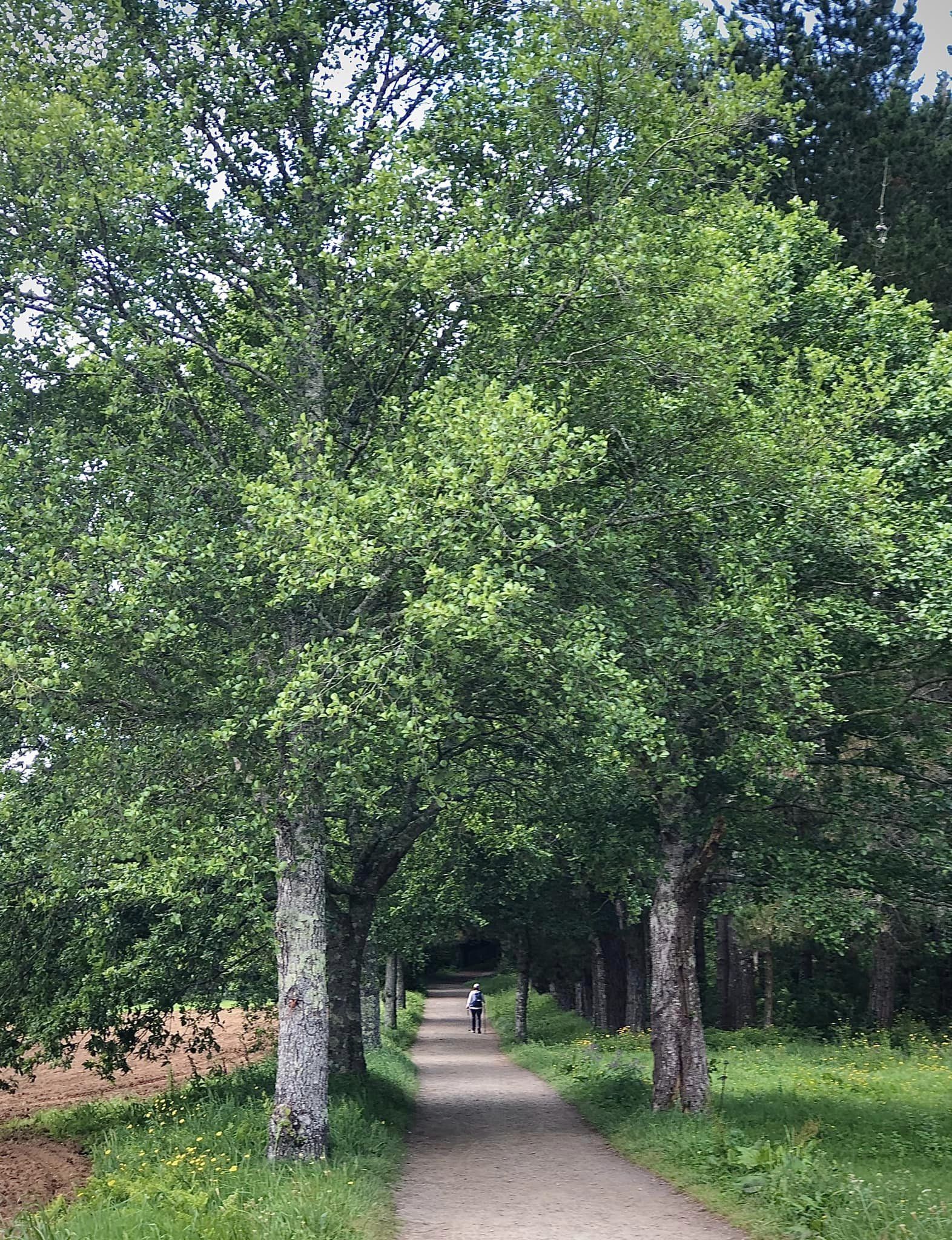
Note you will also pass over autoroutes and busy roads, which I found surprising. On Day 2 between Portomarin and Palas de Rei, we walked some distance alongside a main road which I didn’t enjoy. It was noisy when cars passed and I felt very exposed.
Eating Opportunities
You will pass many restaurants or bars to take a break and get a snack. My friends and I would have a mid-morning break for a coffee or cappuccino. We would then meet some of our group members for lunch at the designated place our tour guide recommended. I was surprised there were always places to sit and the wait was never too long. This may be because I did the walk in early May and not the busier months of summer. Towards the end of our daily walk, we’d stop for an afternoon drink or cold beer. It’s nice to break up the walking with short stops to enjoy the ambiance of the Camino.
Nature Call Stops
If you are worried about finding places to take care of nature calling, rest assured that there are many cafes and restaurants with bathrooms along the route. Of course, they expect you to buy something before using their facilities. Be prepared for long lines for the toilet as most places only have one or two toilets.
If need be, you can always use indiscreet spots out in nature. We saw several people doing this. Be sure to take tissue paper and a plastic bag to store it in to keep the area clean.
Crowds
I had read many concerning comments about the crowds, especially on this final part of the St. Francés Camino path. I have to say we were pretty lucky to not have too many people on most days. There was only one day when I found the crowded paths annoying, mainly due to large groups of teenagers talking loudly and playing music. We didn’t see them every day, so maybe they were on a short school outing.
Animals
I was happy to see many animals along the path. We saw many cows, horses, sheep, goats, dogs, and cats. We had the interesting experience to see cows walking on our path, being herded by dogs and their farmer. We only saw a few people who had dogs of their own doing the walk.
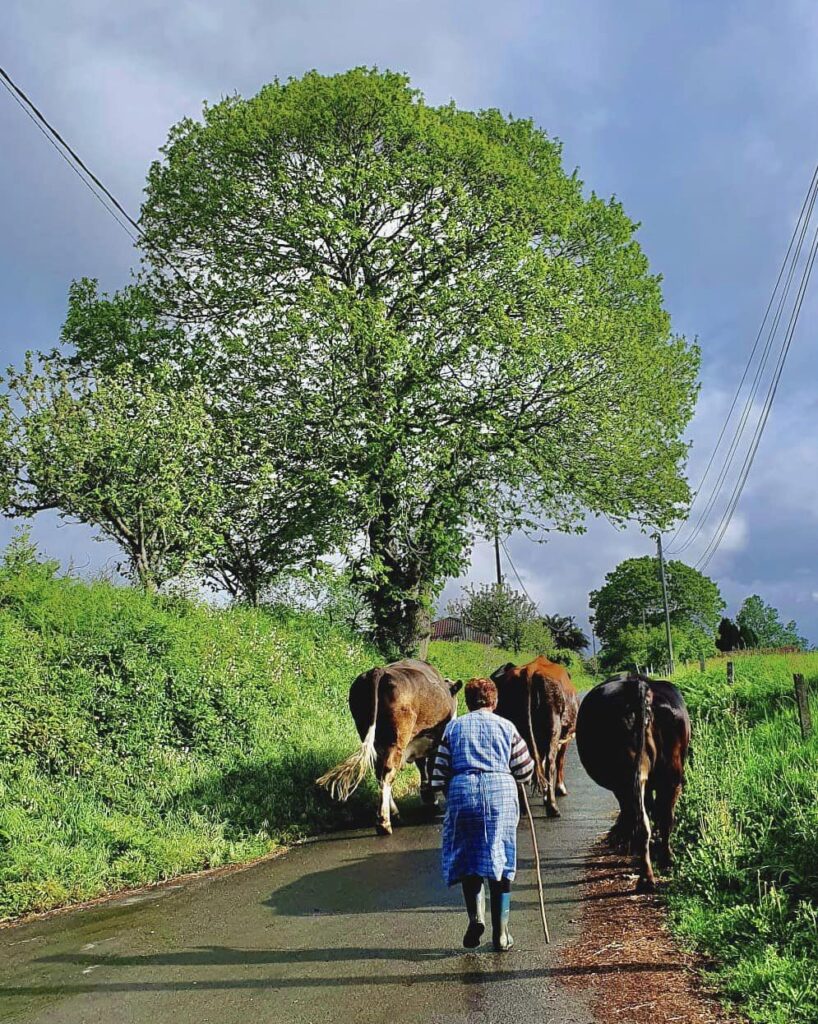
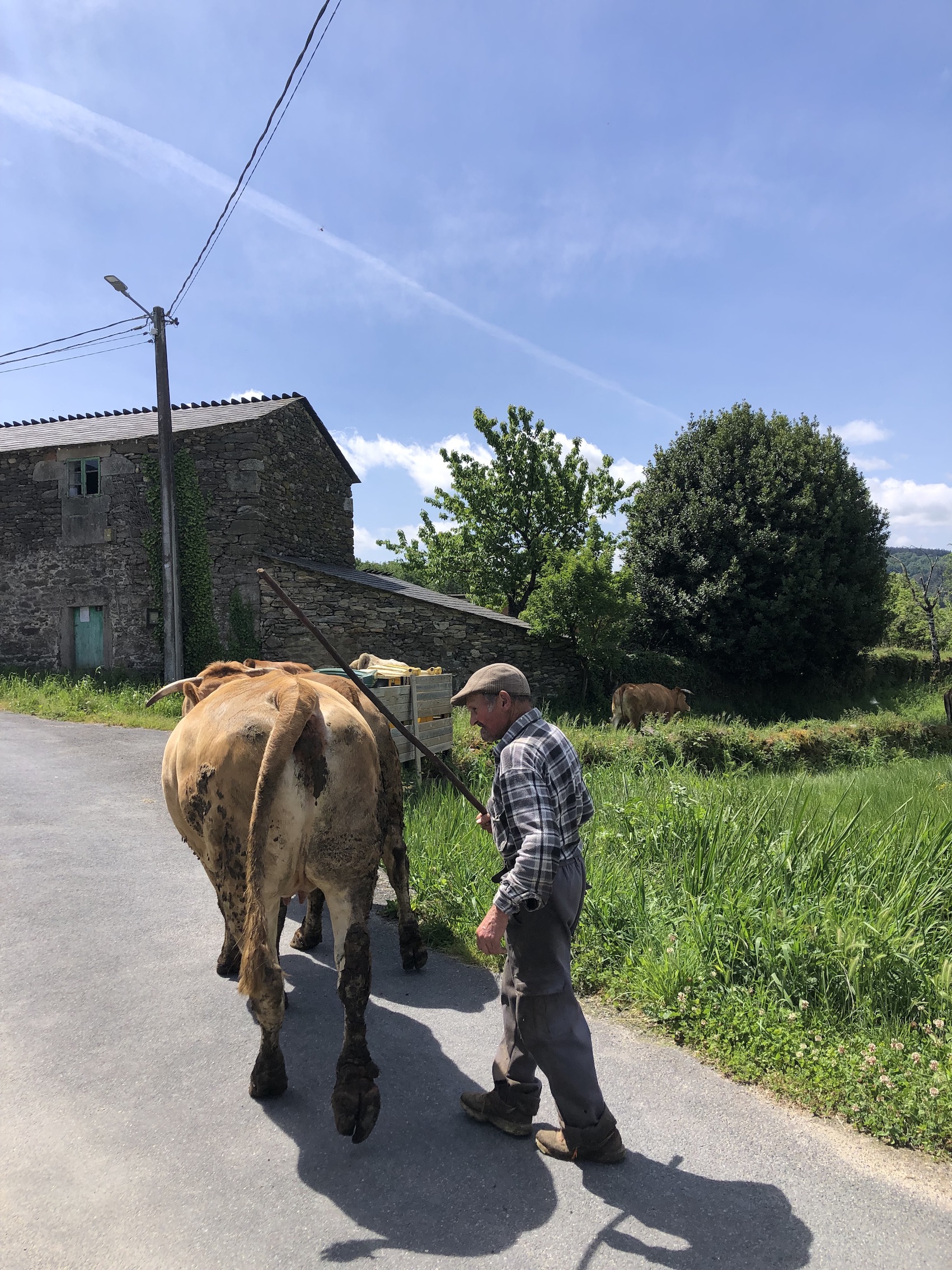
Stone Buildings, Ancient Churches, and Medieval Bridges
You will no doubt be amazed at the architecture along this part of the Camino. Galicia is renowned for its Romanesque architecture, characterized by solid stone construction, rounded arches, and robust structures.
The rural areas of Galicia are dotted with traditional stone houses known as “casas de labranza.” These houses often have thick stone walls, thatched or slate roofs, and wooden balconies. They blend harmoniously with the natural surroundings and reflect the region’s agricultural heritage.
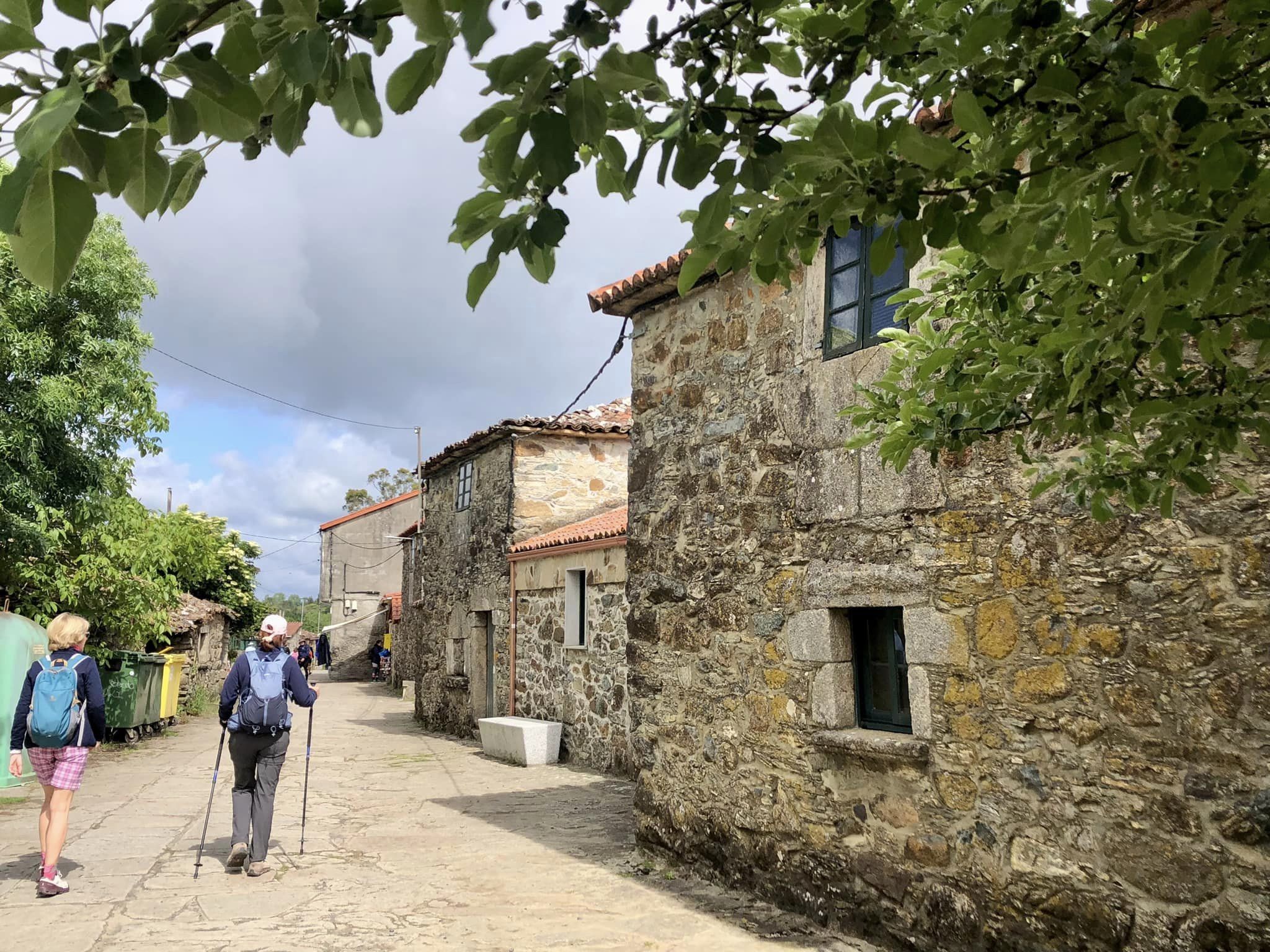
The churches are often surrounded by a cemetery. Many of the small churches were open to take a look inside. You could also get your Compostela passport stamped at the churches.
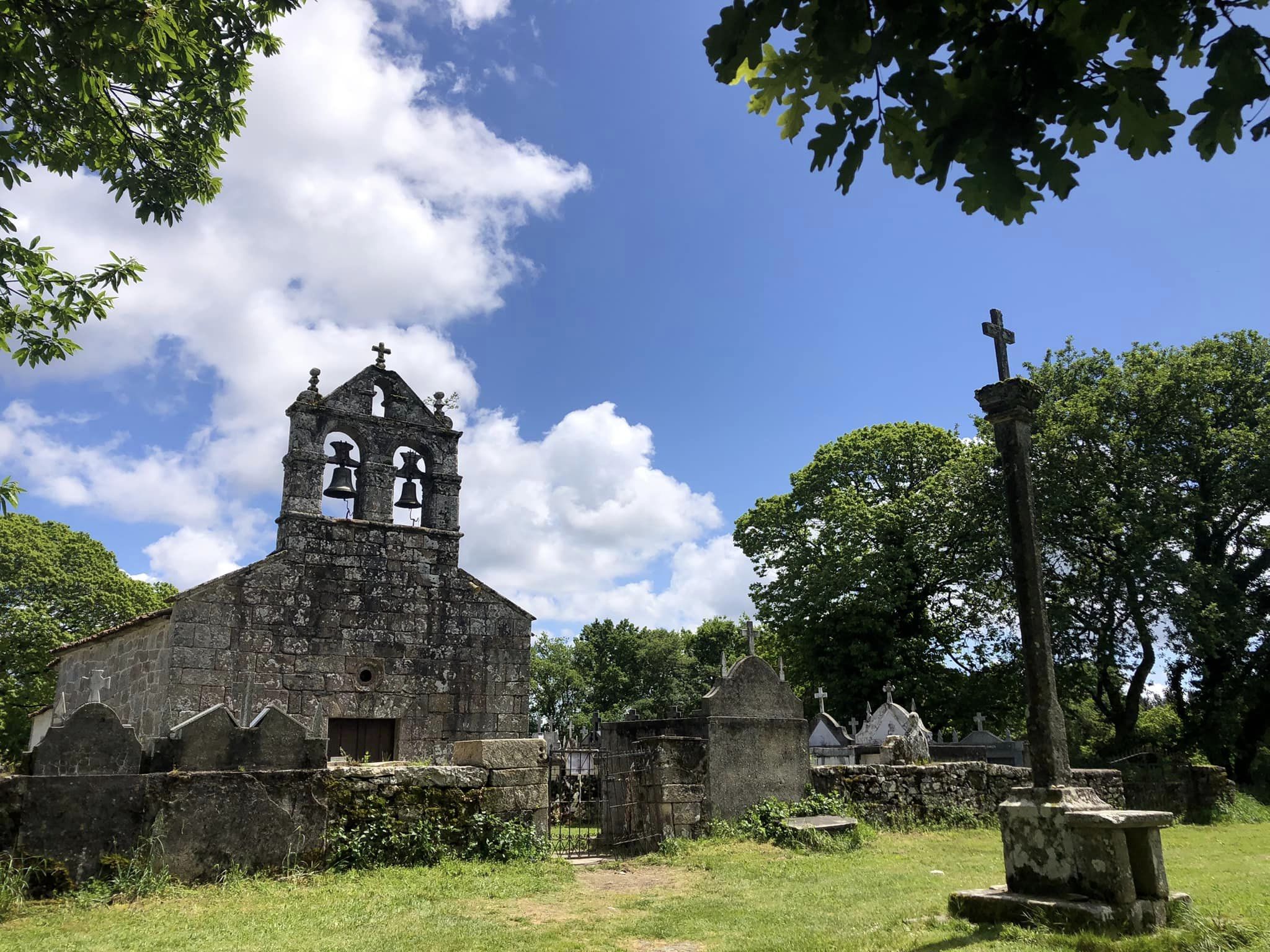
You’ll pass over a few medieval stone bridges which provide perfect photo opportunities.
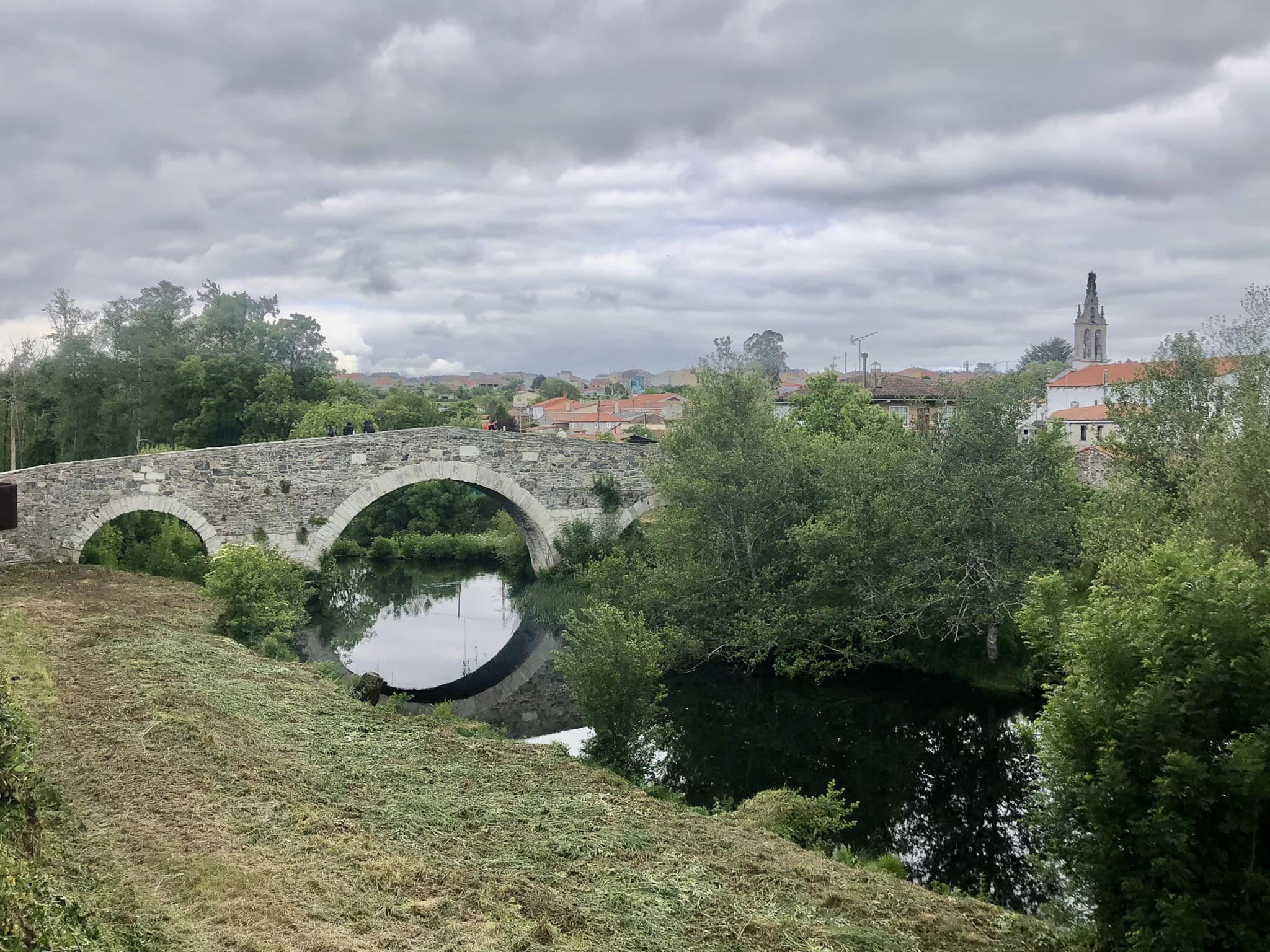
Accommodations
Many people sleep in the pilgrim hostels along the Camino route, called ‘Albergues’ in Spanish. I had read many negative comments about being able to find available space in these Albergues. Because we had a booked tour, we were sure to have a reservation in a comfortable hotel in each town. The hotels were very basic (most were 2-star hotels), but at least we had a decent bed and hot shower every night. Don’t expect to find many luxury hotels along the Camino as the towns are small and cater mostly to hikers.
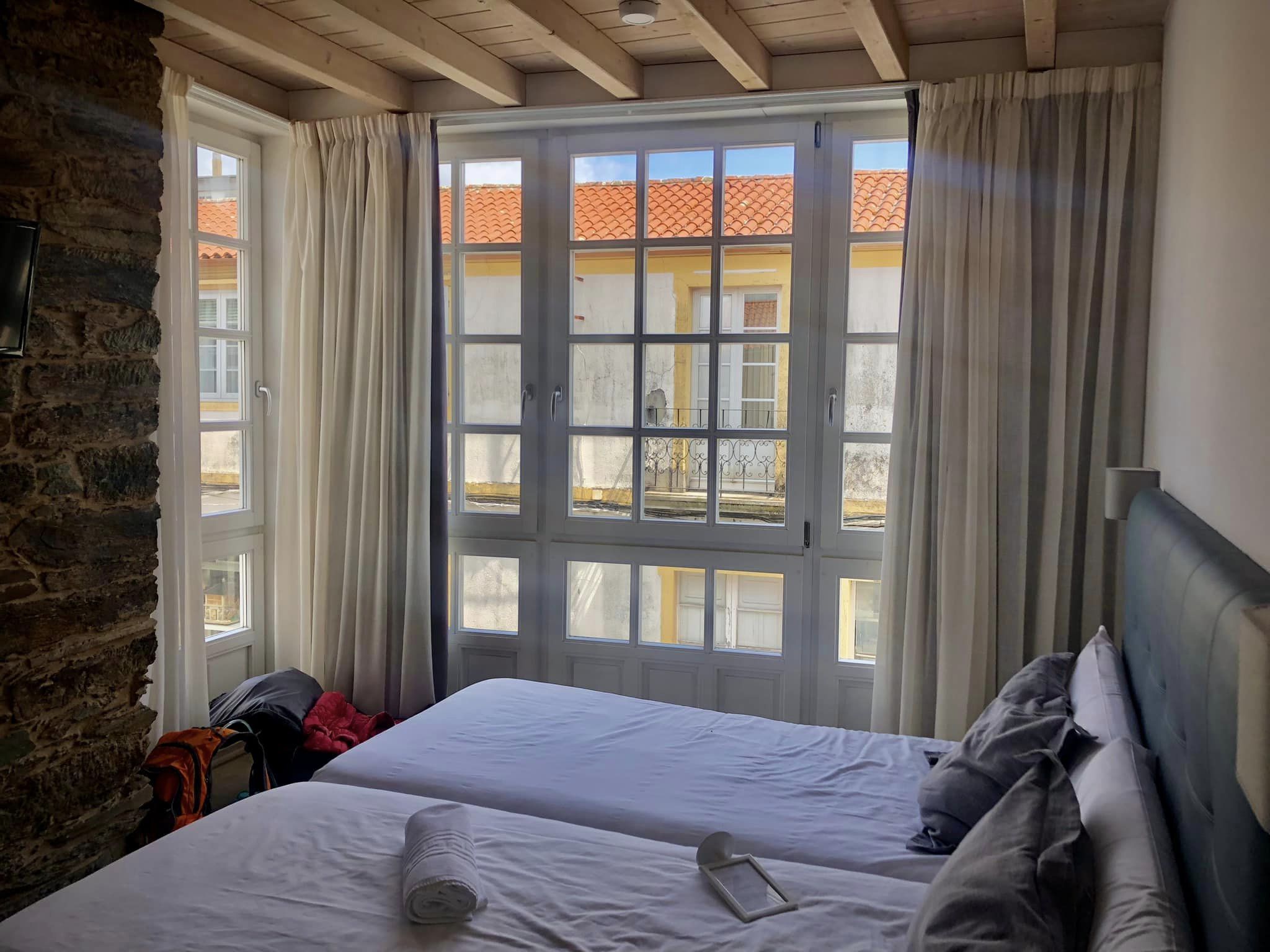
If you’re interested in the hotels we stayed at, see the below list. Some places were nicer than others, but I would say they were all clean and acceptable.
- Sarria – La Casona de Sarria
- Portomarin – Hotel Villajardin
- Palas de Rei – Complejo La Cabana
- Melide – Chiquitin Melide
- Arzua – Domus Gallery
- Amenal – Hotel Amenal
- Santiago de Compostela – Hotel Windsor
Santiago de Compostela
The highlight of the journey is arriving at the historic city and cathedral of Santiago de Compostela. It’s a very emotional moment as it represents the completion of this challenging walk. You can imagine how special it is for the people who have done the longer routes over weeks or months. We were very happy nonetheless to have completed our 6 days of 116 kilometers (72 miles)!
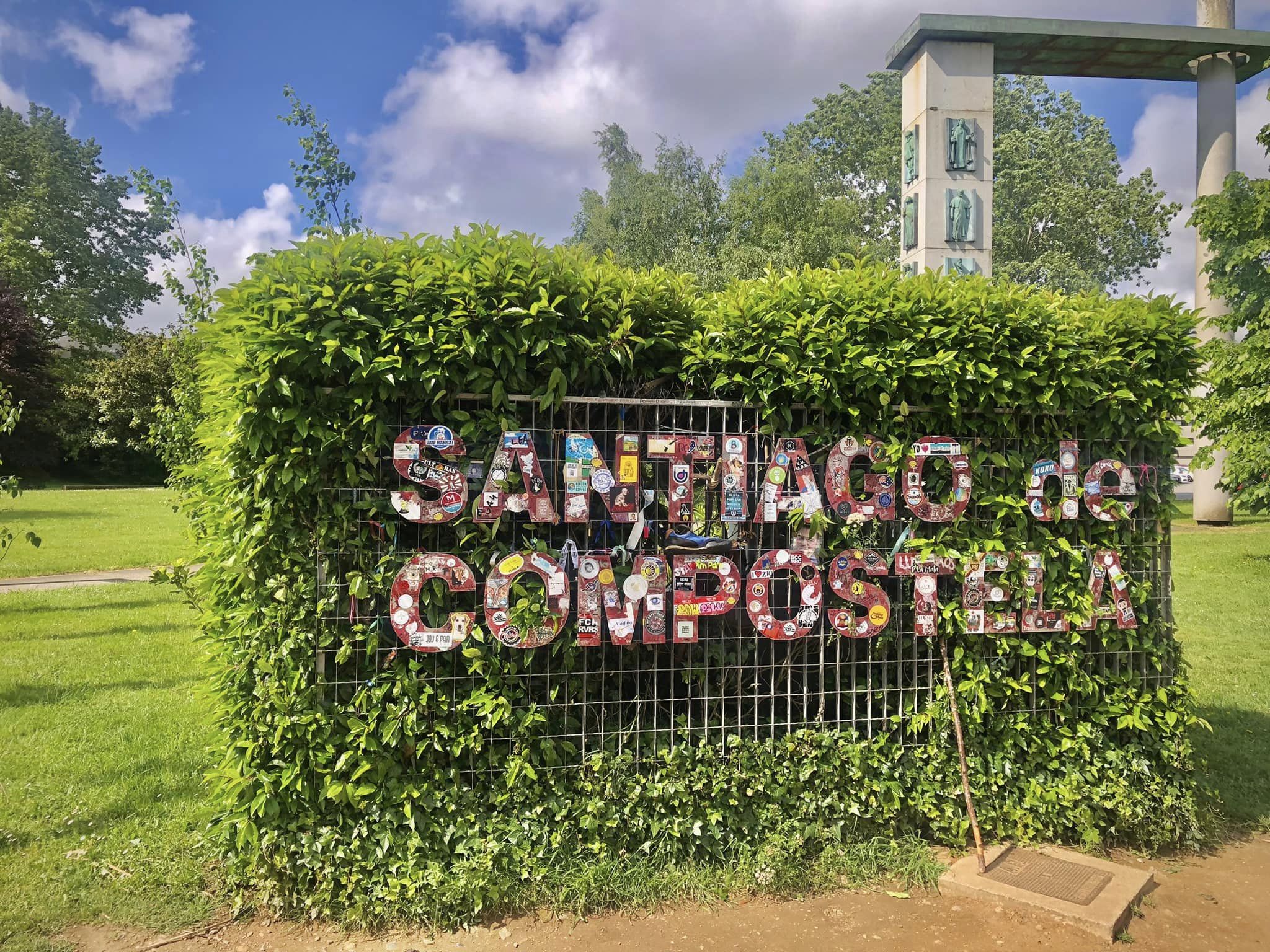
As you walk those final steps into the city, you will come up to a big square in front of the huge cathedral. There will no doubt be many people sitting or lying down with their shoes off and backpacks beside them. Most people take a special celebration photo in front of the cathedral to mark the end of their long journey. We took some fun jump shots and waited for our group to arrive to take the final Camino tour group photo. Needless to say, we were all very proud of ourselves!
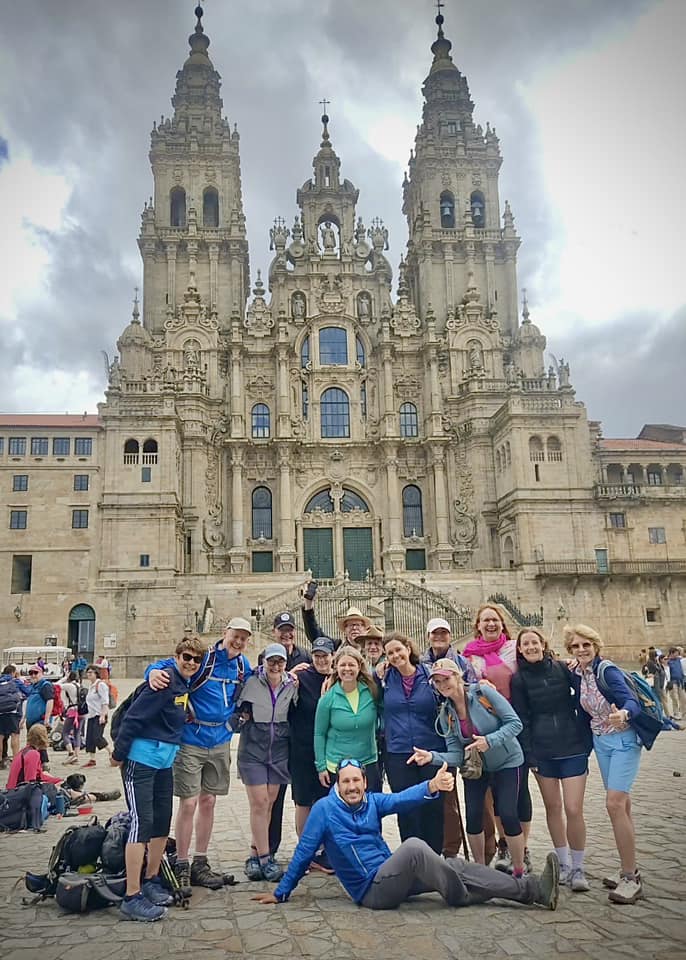
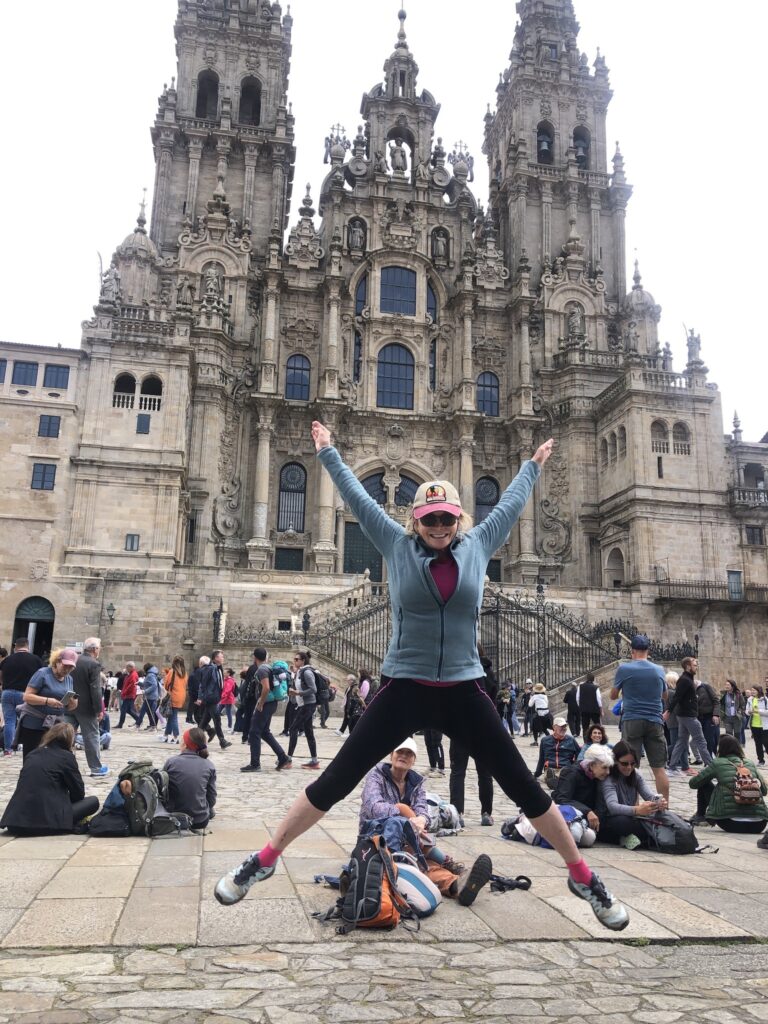
A visit to the inside of the cathedral is a must-do to see the elaborate decor. Entrance is free but you normally can’t enter with a backpack. In the center of the cathedral is a giant incense burner (also known as Botafumerio). Apparently, there are only eight times a year that the burner is scheduled to be swung and the rest of the time depends on the generosity of the donations provided by visitors that particular day. They say that years ago, the incense burner was used to enhance the odor from the dirty pilgrims when they arrived after the long Camino walk.
If you are looking for an interesting free walking tour, check out the Free Walking Tour Santiago de Compostel.
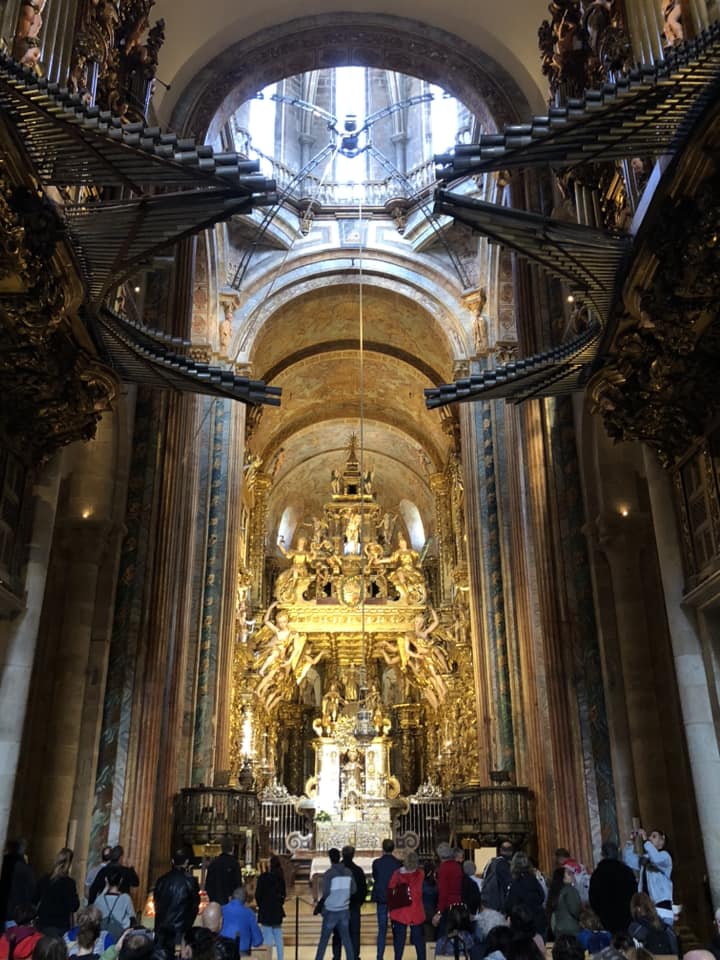

For many pilgrims, the thing that really marks the completion of their Camino is attending mass in Santiago Cathedral. I went to the mass on Saturday at 7:30 pm. I’m not catholic but I went to the service out of curiosity. The ceremony was mostly in Spanish language and was interesting to observe.
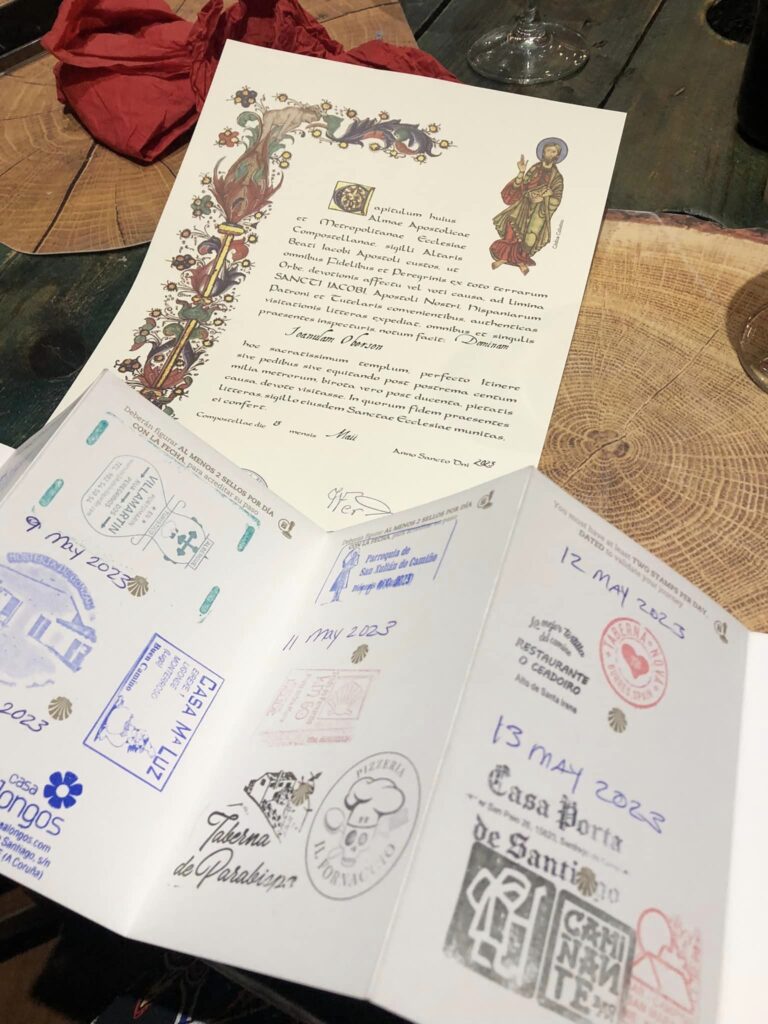
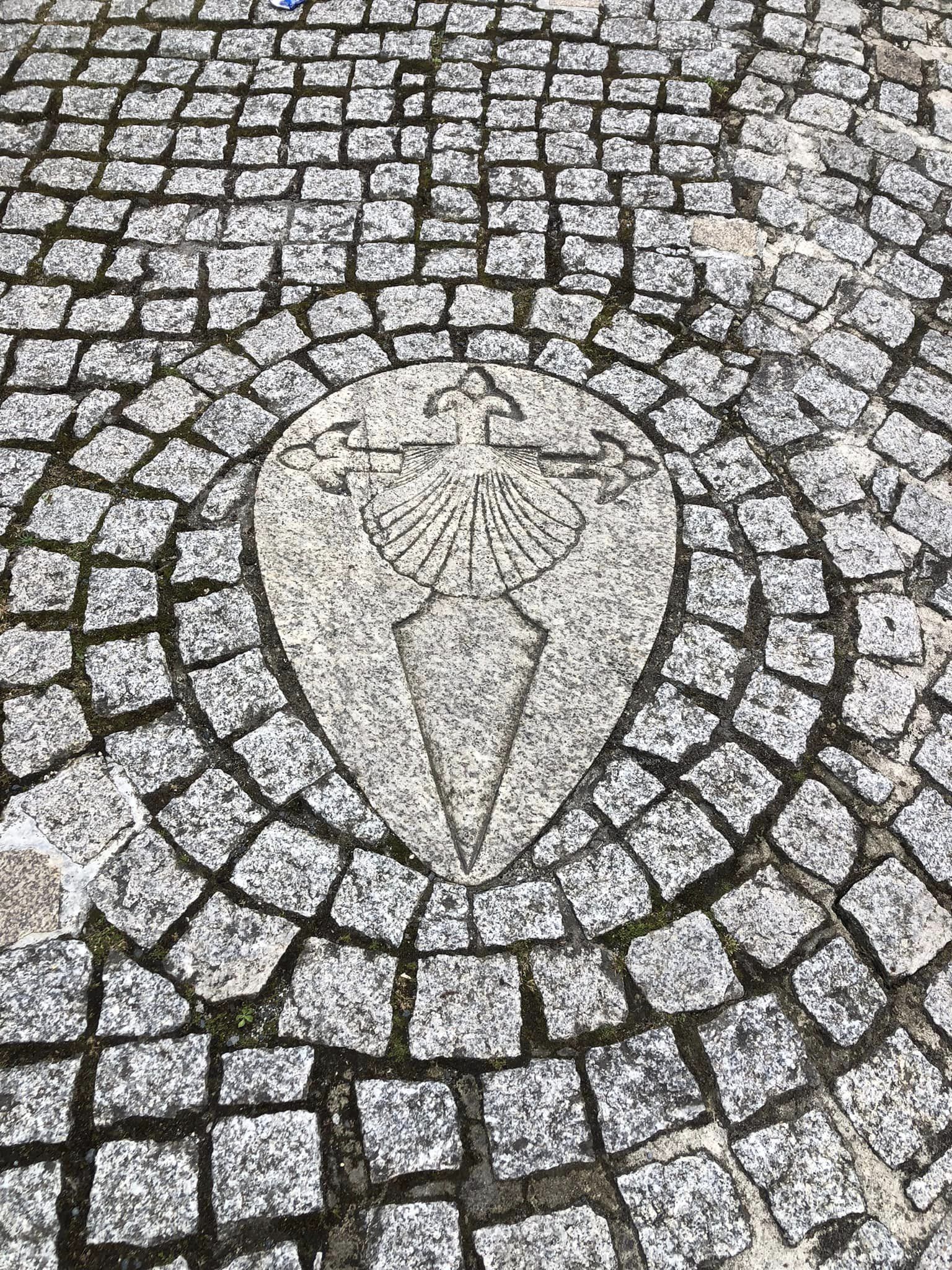
The final step to completing your Camino walk is to get the official certificate. You will receive a passport book at the beginning of your journey that must be stamped by a minimum of two different places along the daily walk. Based on this completed passport for every day that you walked, you will receive a nice personalized certificate to treasure.
Summary of our Route
Some people do the last part of the St. Francés walk in five days but our tour spread the 116km / 72mi over six days. I thought this route was ideal as we had some shorter distance days to recover a bit. Our route with overnight stops is shown below.

Day 1 Sarria to Portomarin: (22km/ 13.6mi) Sarria is a town located in the province of Lugo in Galicia, Spain. It serves as a common starting point for pilgrims due to its proximity to the 100-kilometer mark. Sarria is easily accessible by bus or train from major cities like Santiago de Compostela. The trail on the first day went through lush countryside, charming villages, and forests.
Day 2 Portomarin to Palas de Rei: (26km / 15.5mi) Portomarín is situated on the banks of the Miño River and is known for its medieval bridge and the Church of San Nicolás, which was dismantled and rebuilt stone by stone when a reservoir was created nearby. This part continued through picturesque landscapes, passing by hamlets and farmland.
Day 3 Palas de Rei to Melide: (16km / 9mi) Palas de Rei is a small town with a pleasant atmosphere and several places of interest, including the Church of San Tirso. The third day was shorter and offered beautiful views of the Galician countryside. Melide is known for its gastronomy, particularly the famous Galician dish, “pulpo” (octopus) which I thoroughly enjoyed.
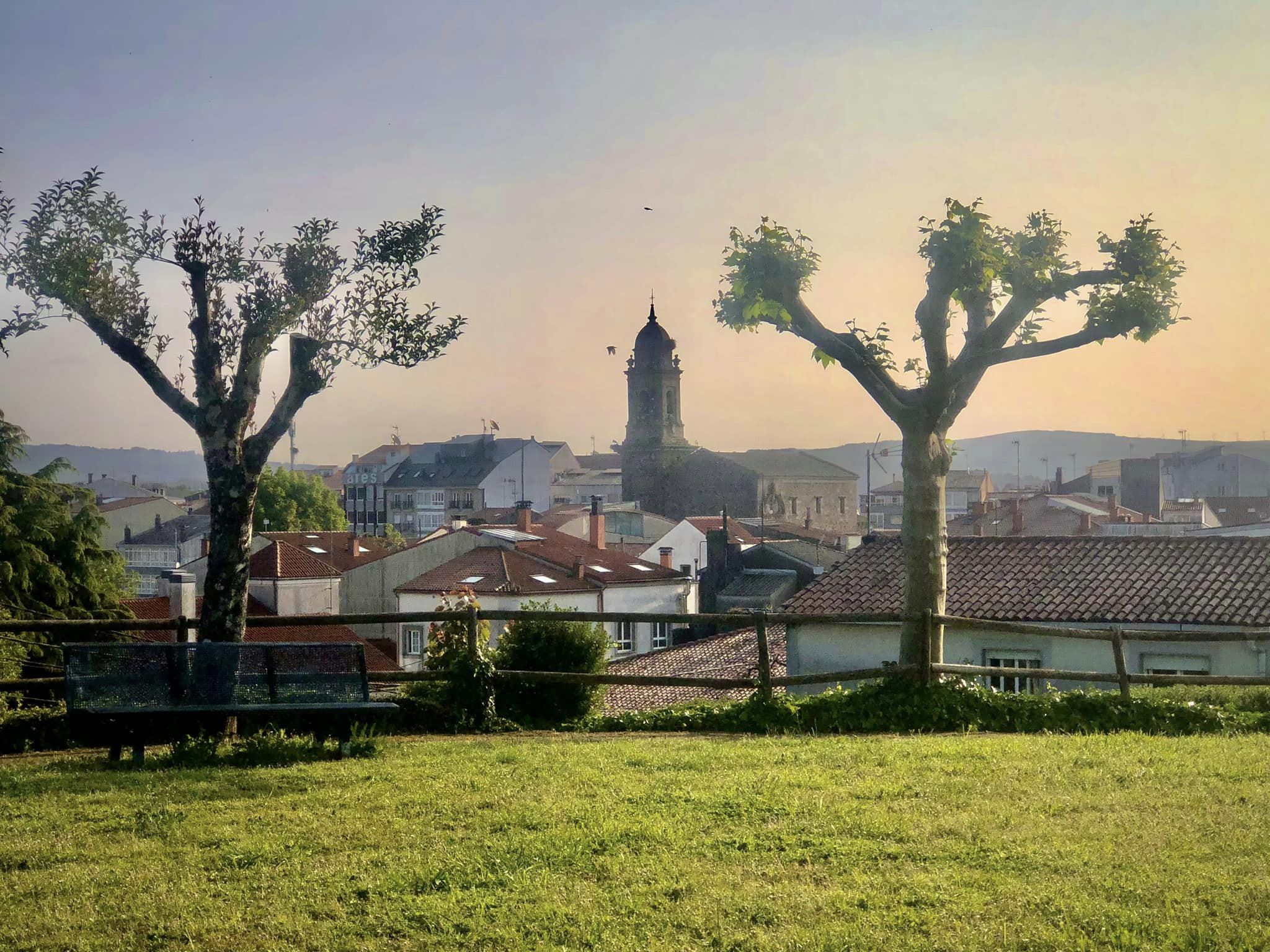
Day 4 Melide to Arzua: (13km / 9mi) This stage takes you through wooded areas, eucalyptus forests, and rural scenery. Arzúa is a larger town where pilgrims can find various services, such as accommodation, restaurants, and shops. I would say it was my favorite town.
Day 5 Arzua to Amenal: (22km / 13.8mi) The path to Amenal is characterized by rolling hills, farmland, and forests. We stayed outside of the town of Amenal, which is a quieter area compared to the other larger towns.
Day 6 Amenal to Santiago de Compostela: (14km / 8.7mi) The final stage of the walk had more forests and tree-lined paths. The end of the walk approached a big hill overlooking the town of Santiago.
Note that the kilometer and miles may vary a bit depending on your exact path. In some sections of the walk, they have a complimentary path option. This path could be longer or shorter. We took some of these as recommended from our tour guide.
Summary:
- Total distance – 116 km / 72 mi
- Walking surface – 45 km / 28 mi asphalt, 71 km / 44 mi footpath/gravel road
- Total ascent – 2373 meters
- Total descent – 2587 meters
Recommended Food and Restaurants
One of the best parts of the Camino trip was eating all the delicious food! I tried the local specialties of ‘pulpo a la gallega’ (octopus with paprika), empanadas (stuffed pastry), and scallops served from the shell.

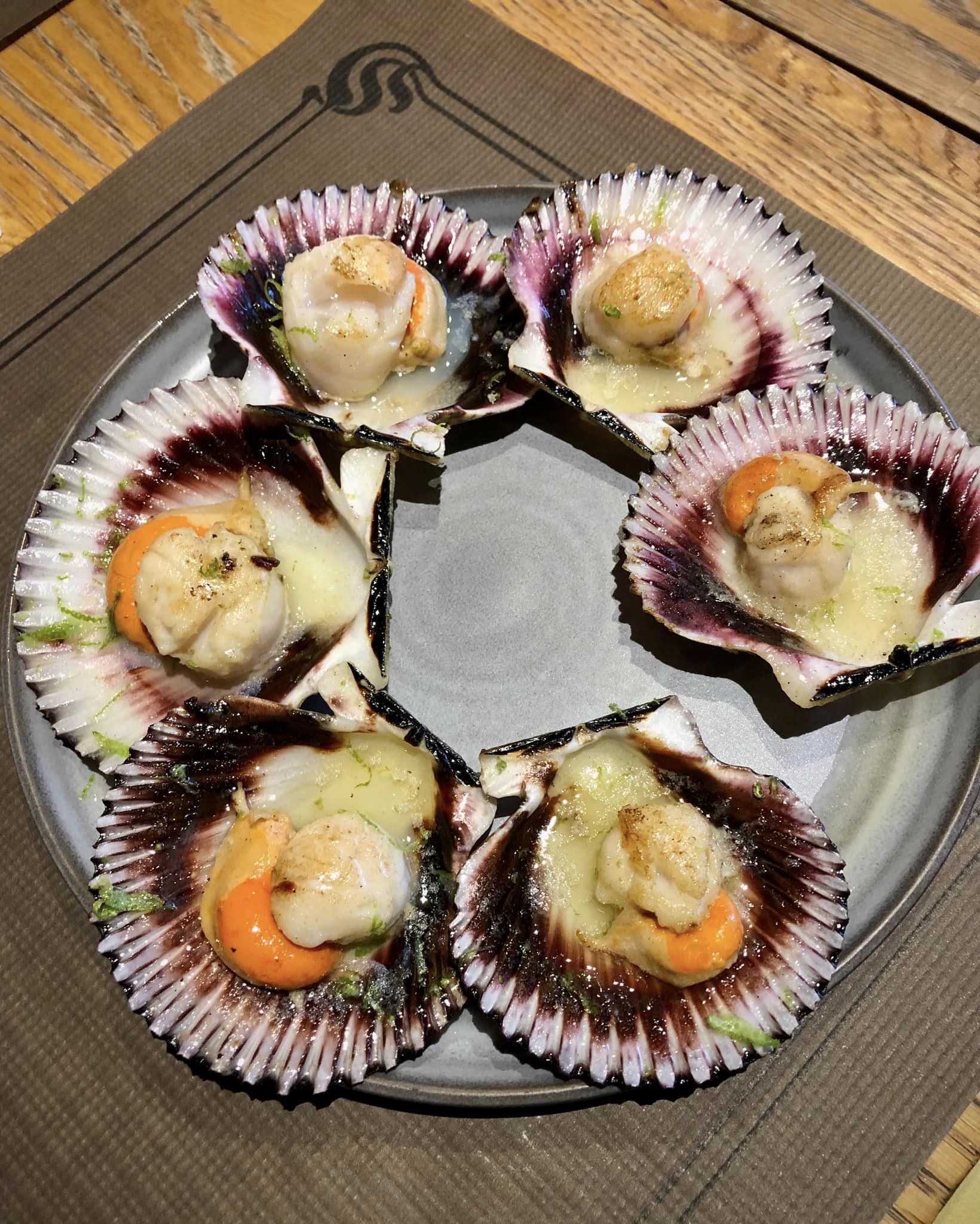
I’d like to share a few noteworthy places where I enjoyed eating along the St. Frances walk and in the different towns.
- Casa Alongos (before Melide) – try the octopus burger!
- A Garnacha (Melide) – rustic interior and many local specialties
- Il Fornaccio (Arzua) – best pizza you’ve ever eaten!
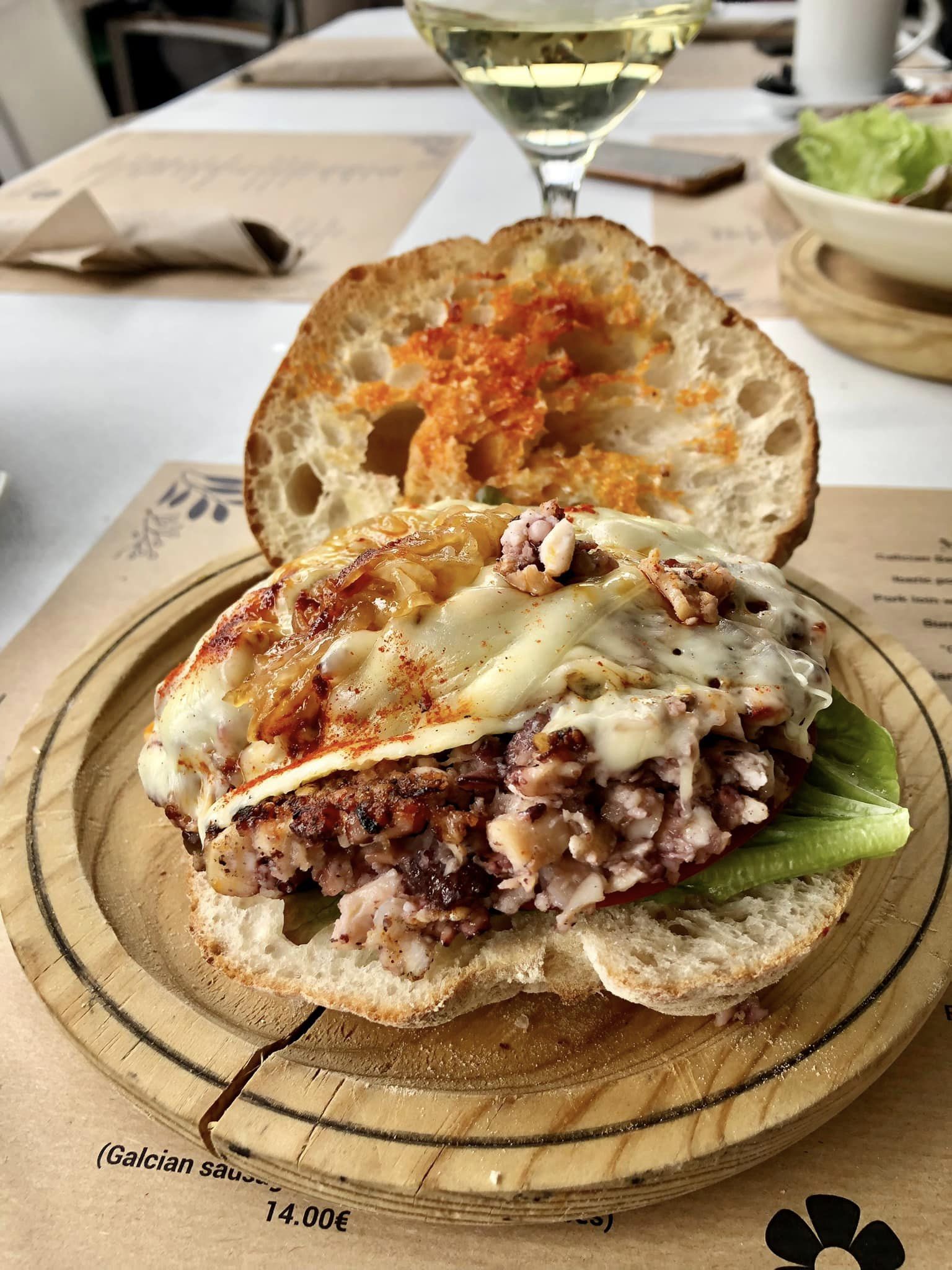
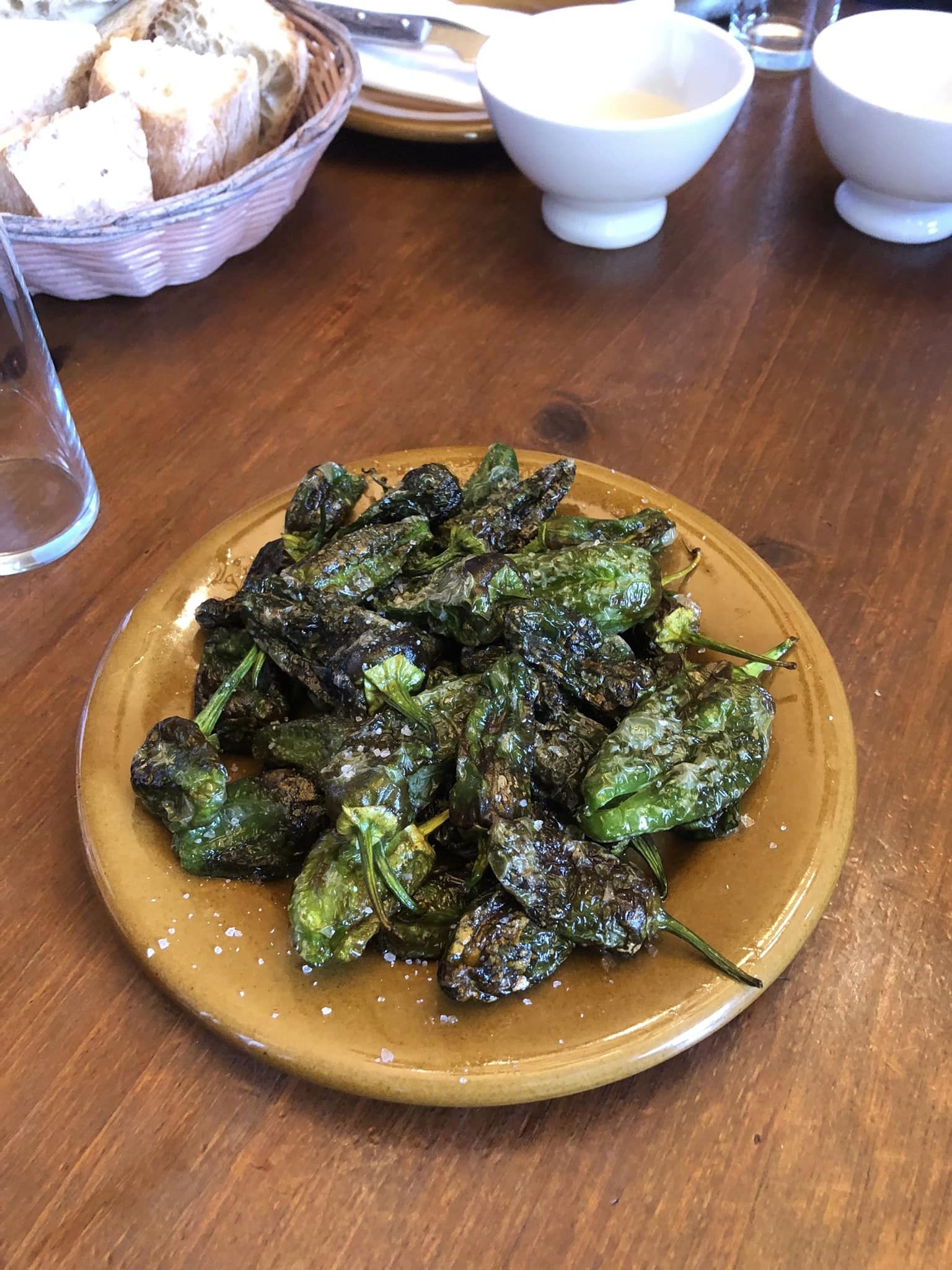
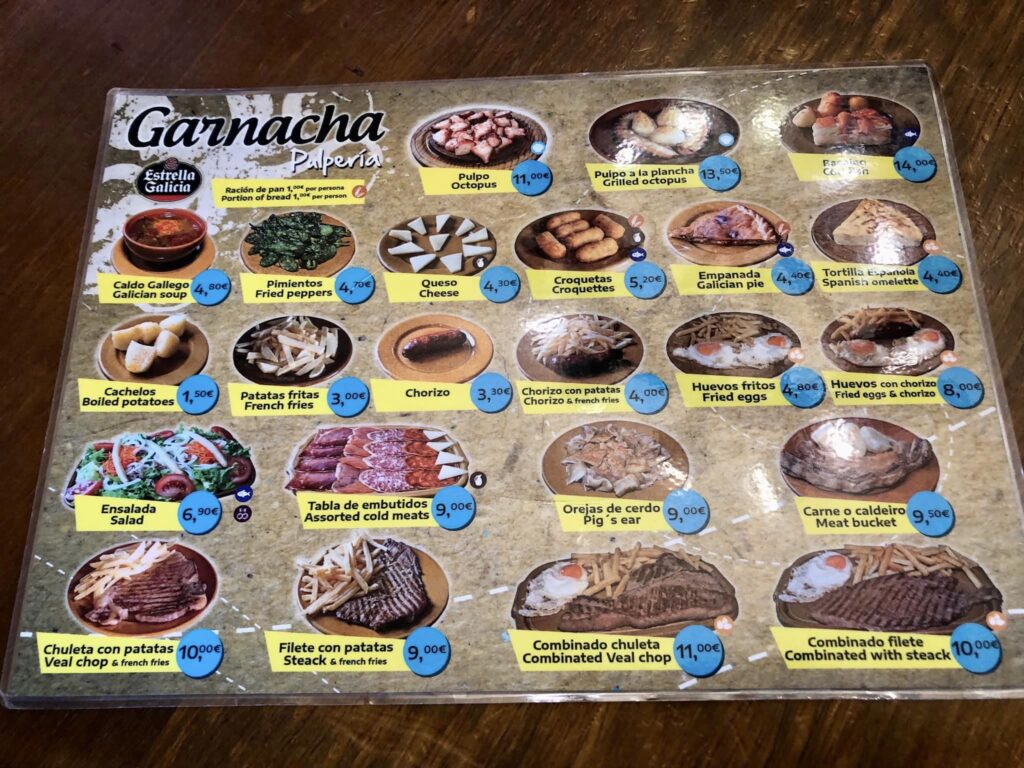
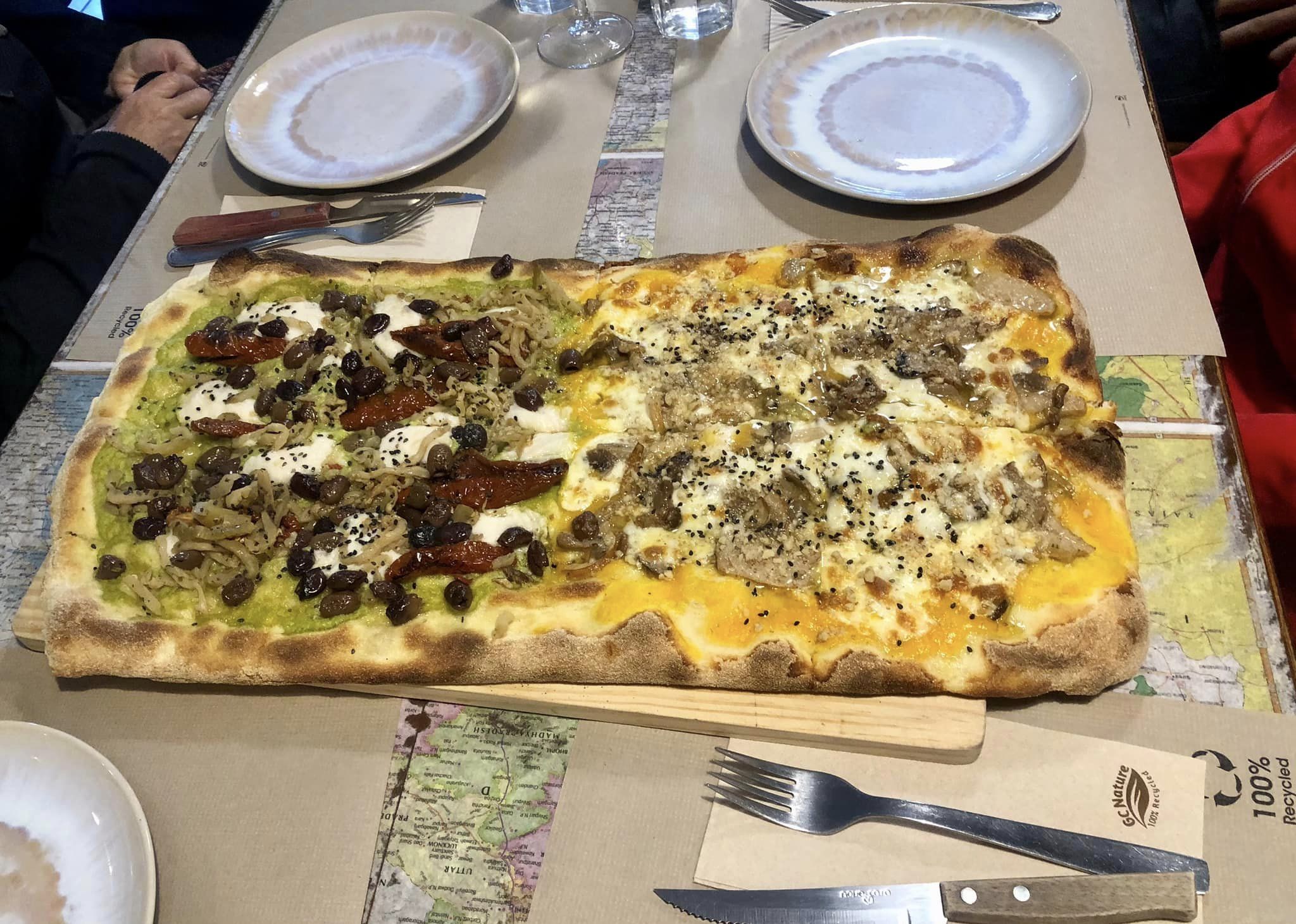
Final Comments
I hope you’ve enjoyed my post about what to know for Camino de Santiago 2023! It was a wonderful experience. I’m so glad I decided to do this trip with two girlfriends from Switzerland. We met some very nice people in our tour group and shared our special week together. I had heard about the Camino walk for many years and finally got around to doing it! Bucket list item for sure! If you like walking and being out in nature, you’ll love doing the Camino de Santiago!
If you’re interested in the tour I did, here are the specific links:
- TourRadar – I booked through this company that sponsors GAdventures tours
- GAdventures – You can also book directly with GAdventures
If you’d like to save money, I could easily organize your tour with my Itinerary Planning Services (see below).
If you are looking for assistance to plan your next trip, I am here for YOU! I love to plan travel itineraries for myself and others. For more details on how I provide this service, please check out my Itinerary Planning page and drop me a quick email at jan@janadventures.com to get started!
Be sure to check out the YouTube video I created that shows day-by-day Camino life!
Save the below to Pinterest for future reference!
BUEN CAMINO!



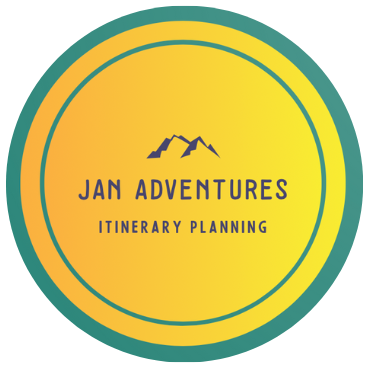
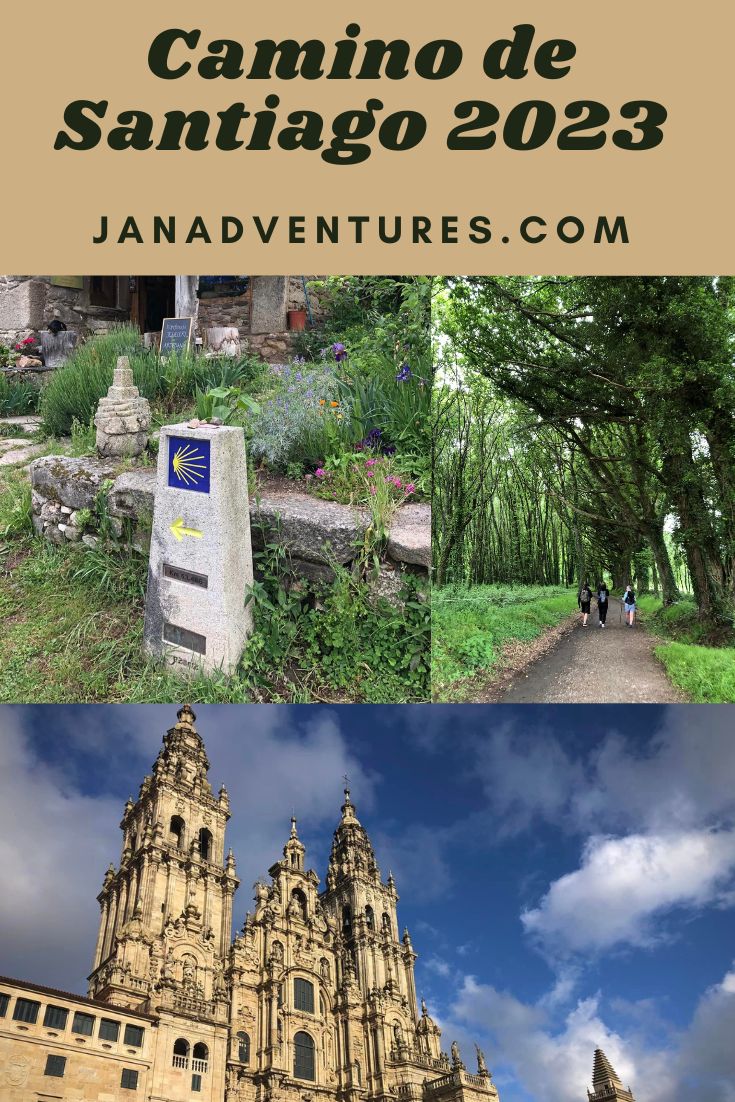
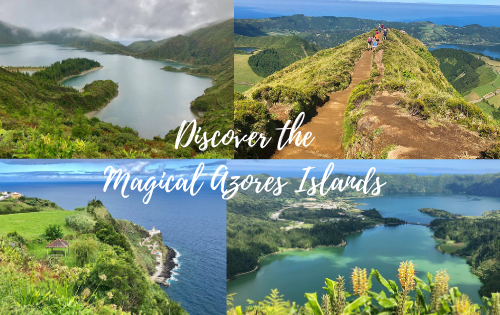
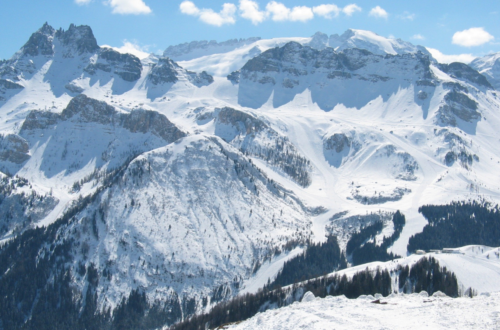

4 Comments
Teresa Platanas
Hi Jan
thanks for all the info it was great.
i tried clicking into your products list but it was a no go. nothing came up. could you please provide
thanks
Jan
Hi Teresa, I’m sorry about that but I’ve deactivated my amazon links for now. I will update that post to avoid seeing that option.
Nicole Collaud
Hi Jan, thanks for this very comprehensive and deep summary of our trip. It was a great experience which I could share with you and Catherine during one week. As you mentioned, it makes sense to do this trip once in your live as it has a special dimension with all these nice people coming from everywhere in the world. Galicia is also a region worth discovering.
Jan
Yes, it was a great experience for all of us! Need to plan the next one 😉